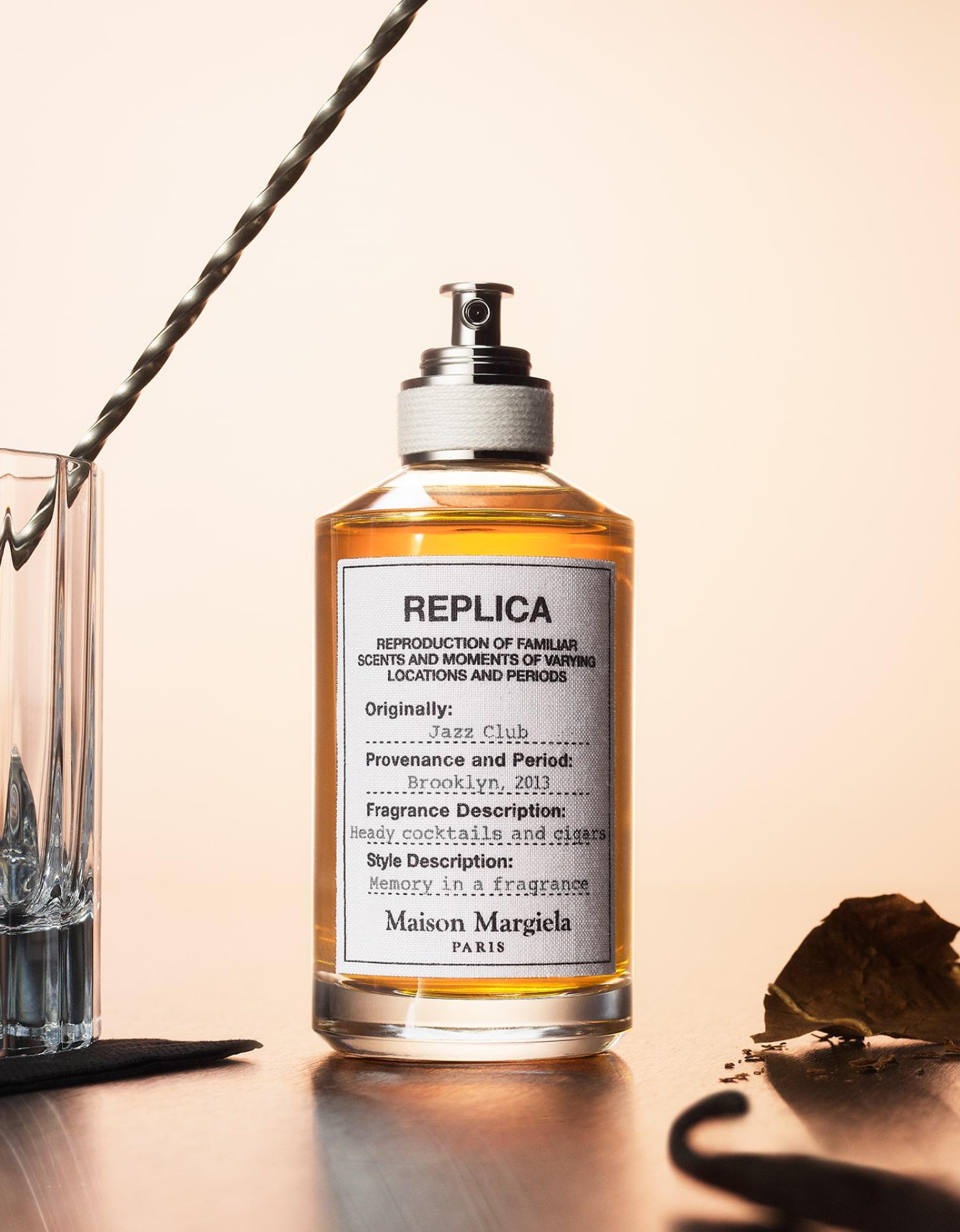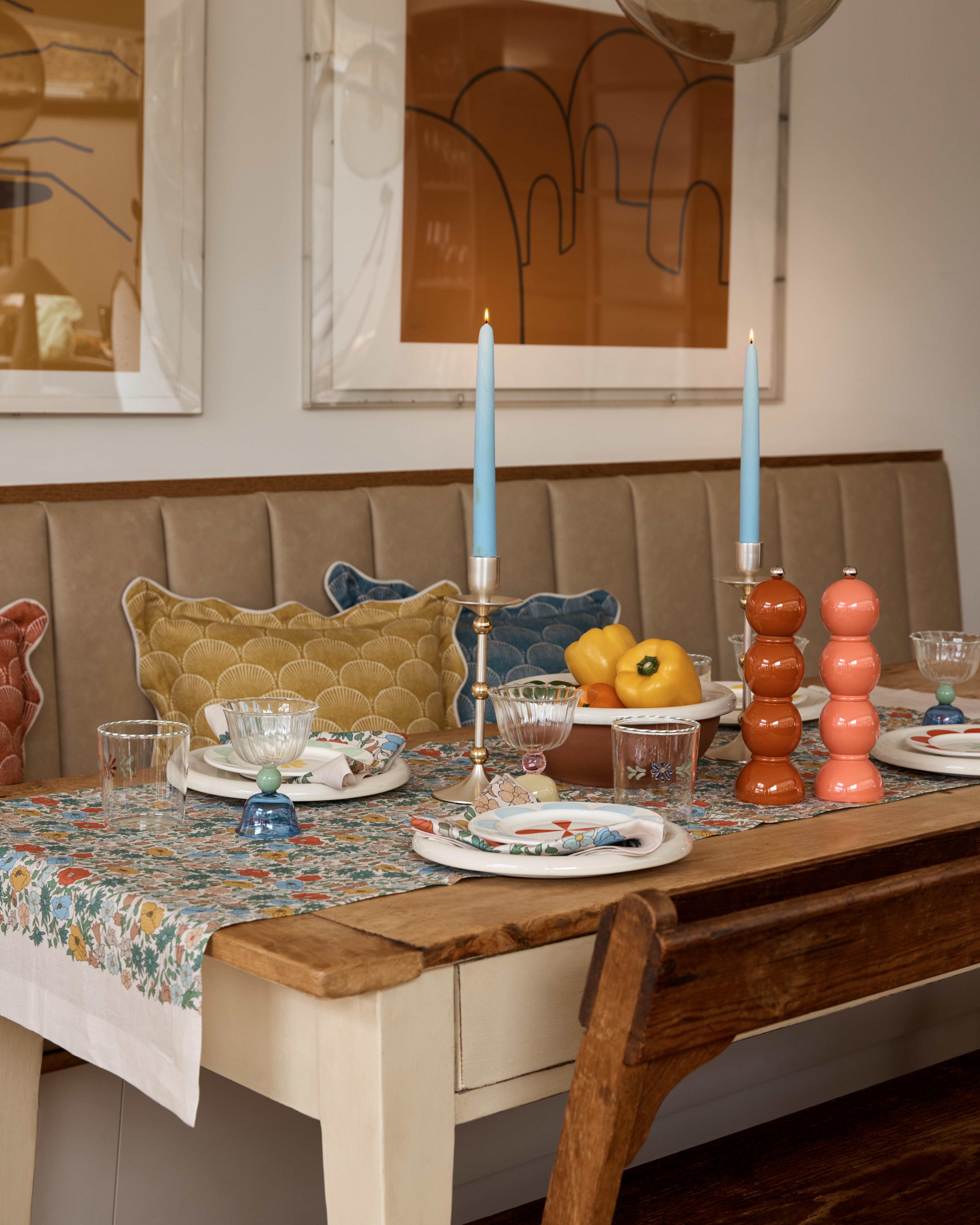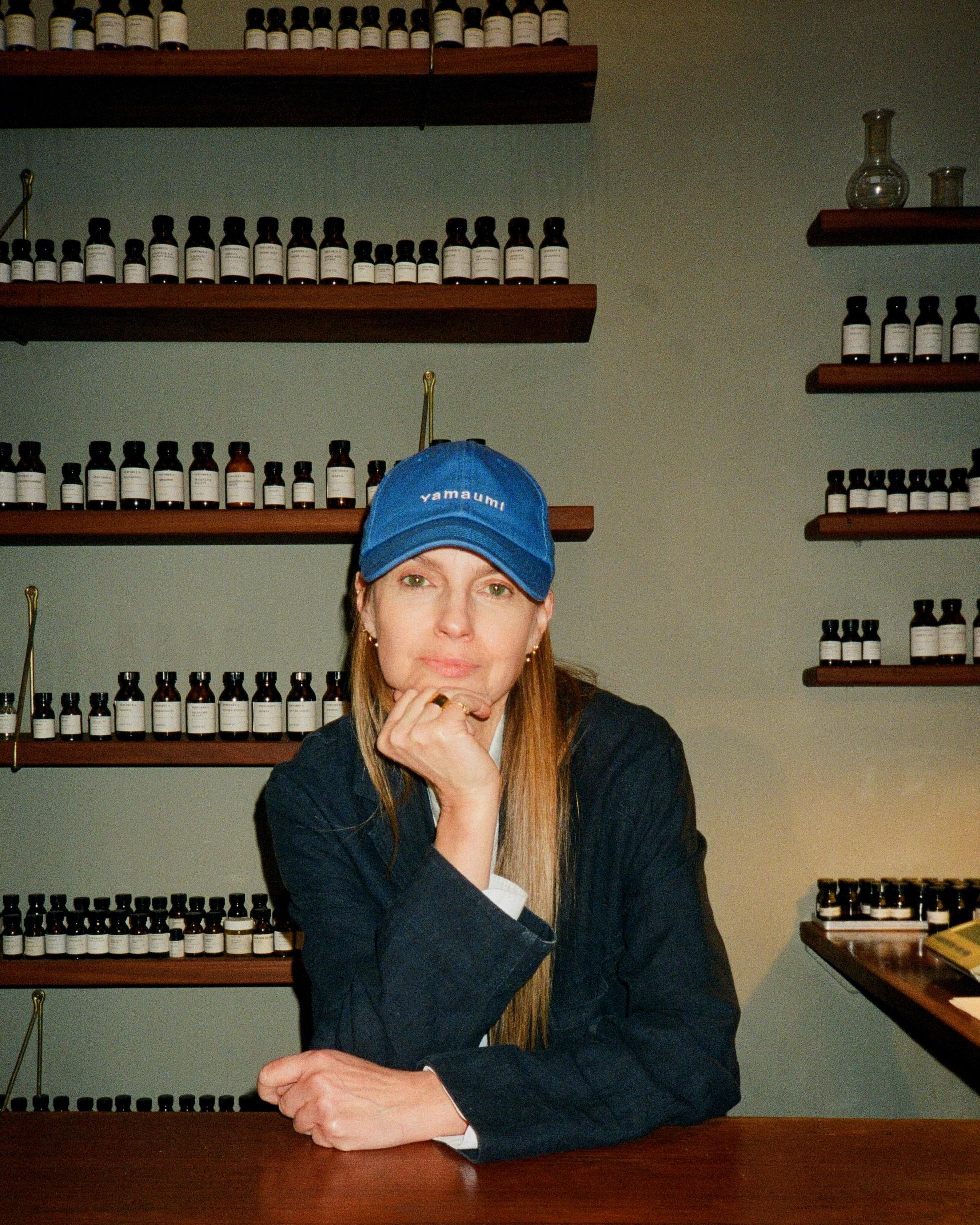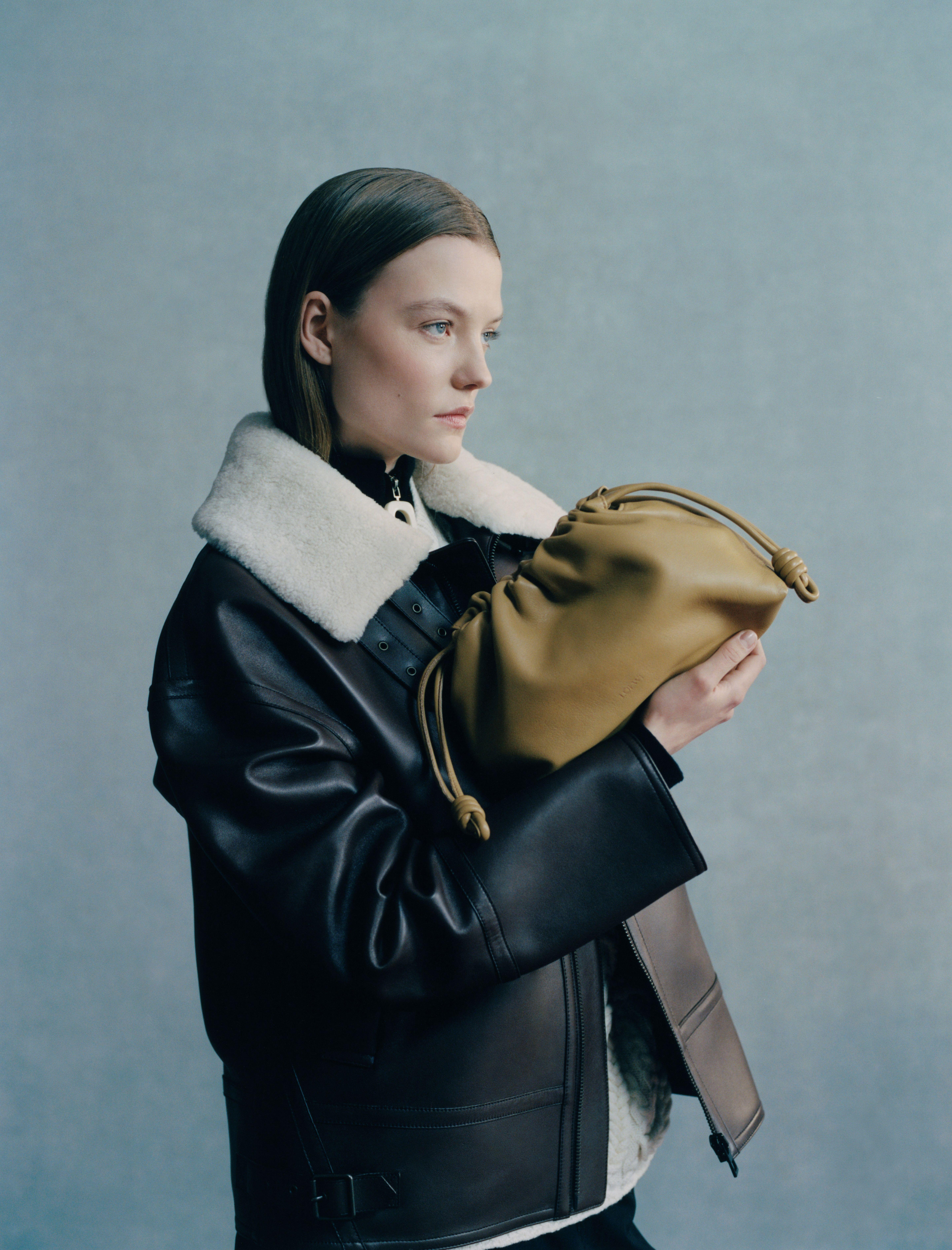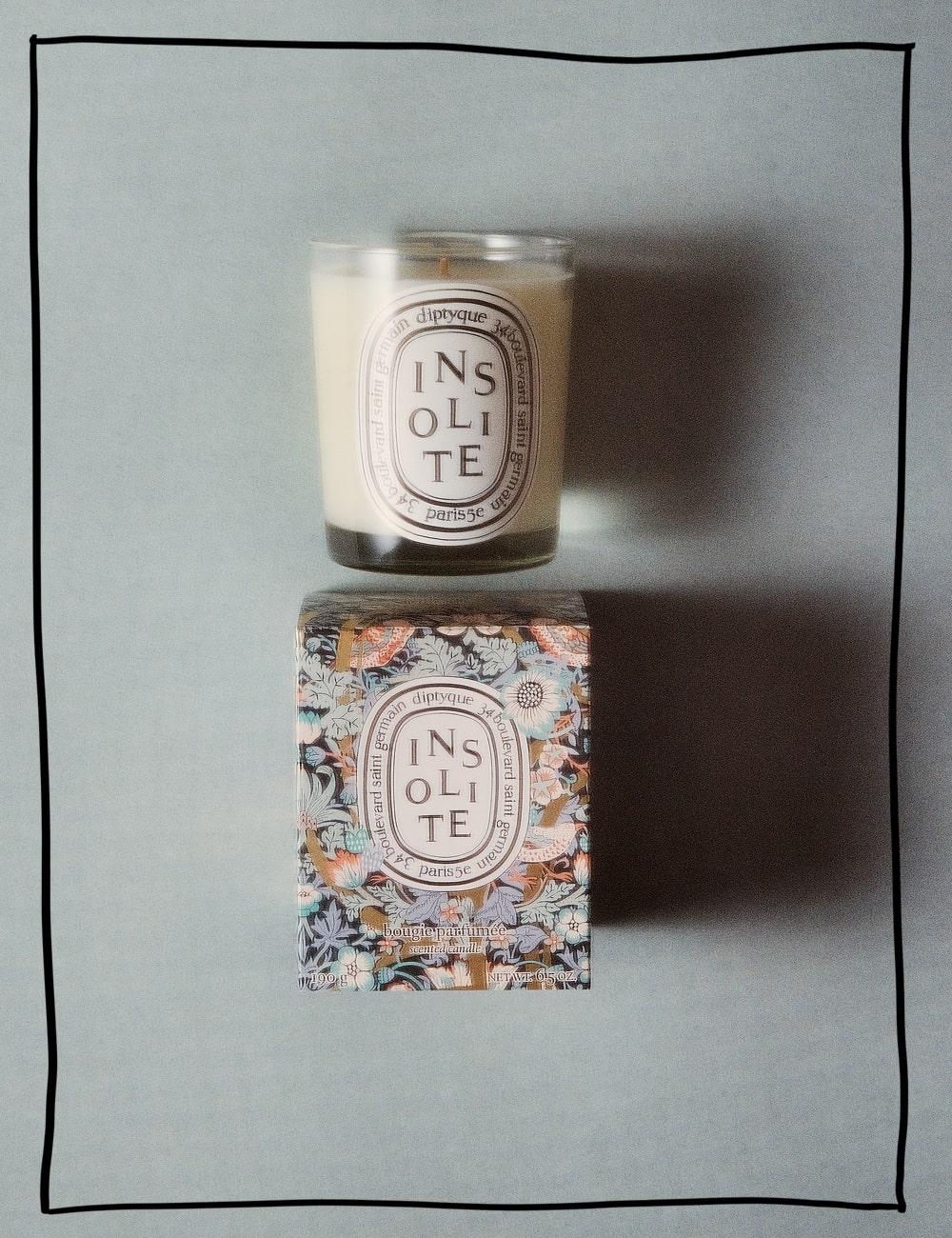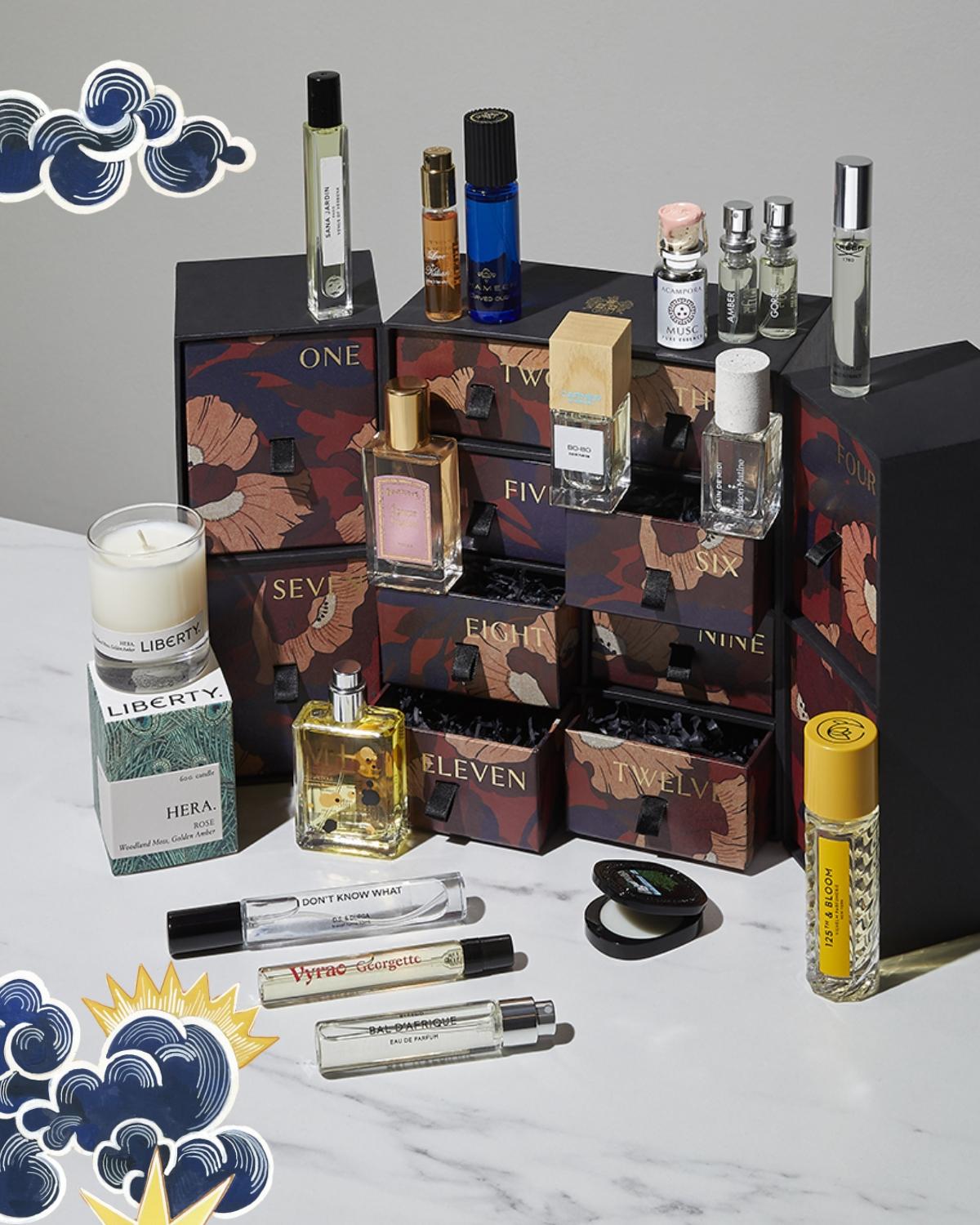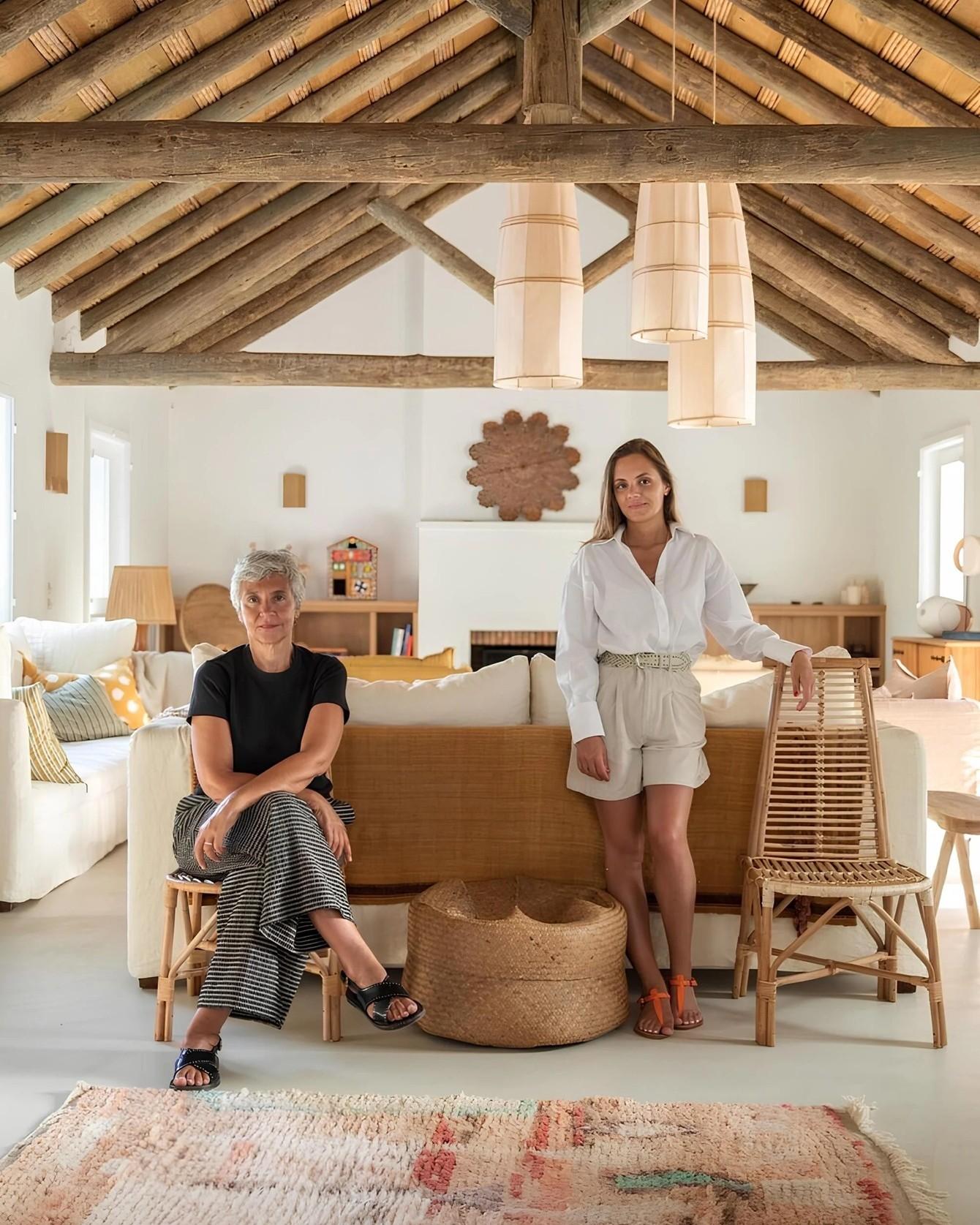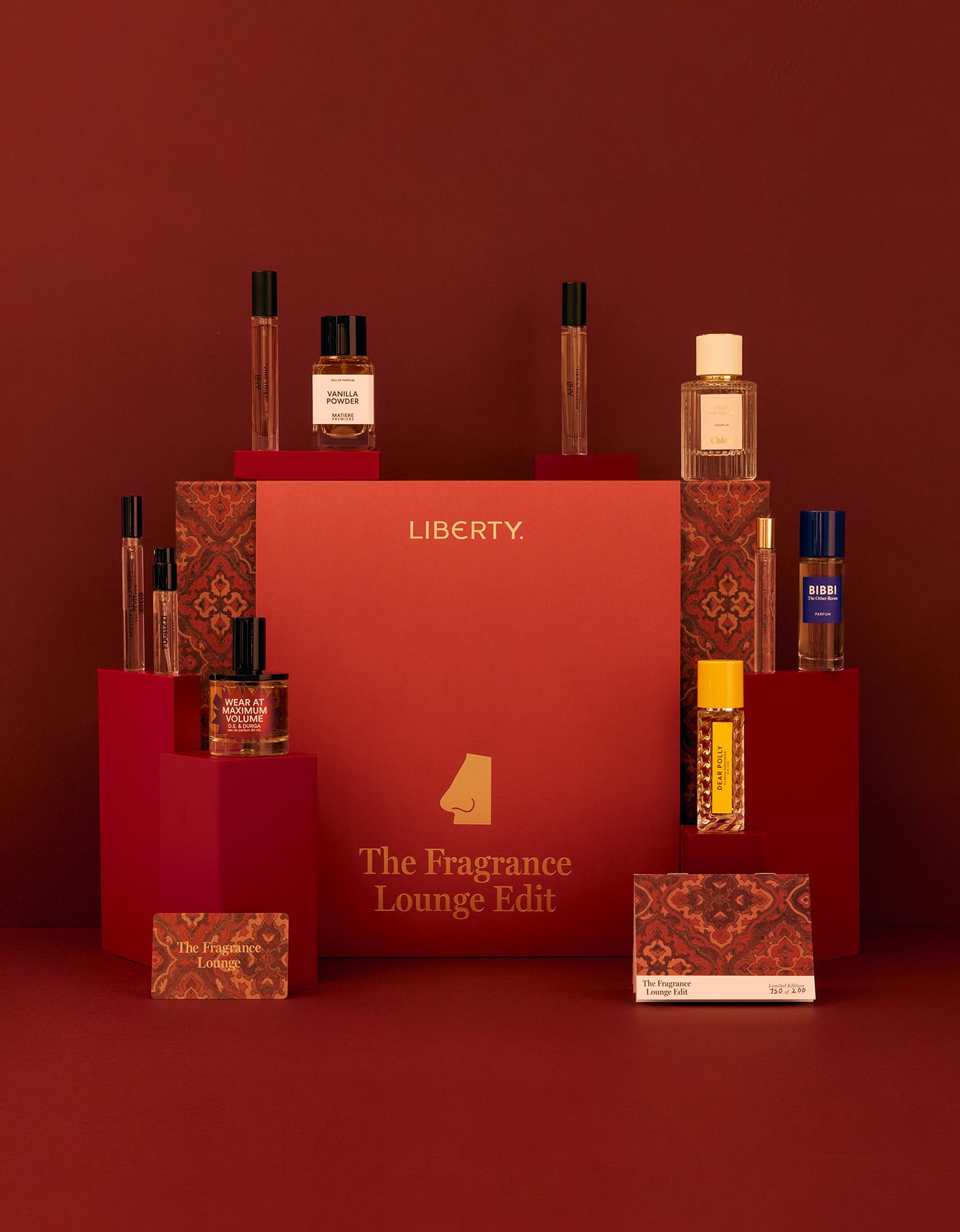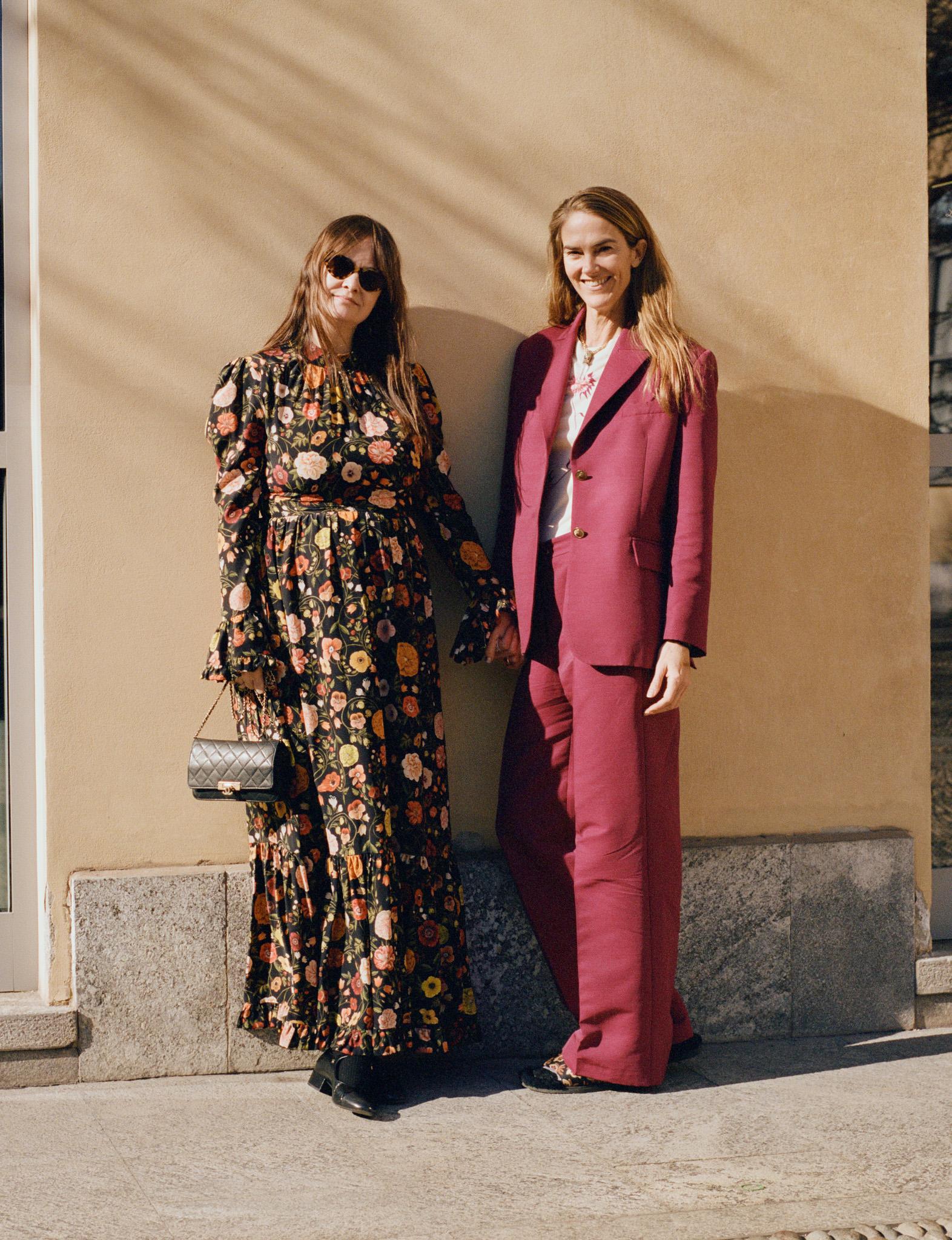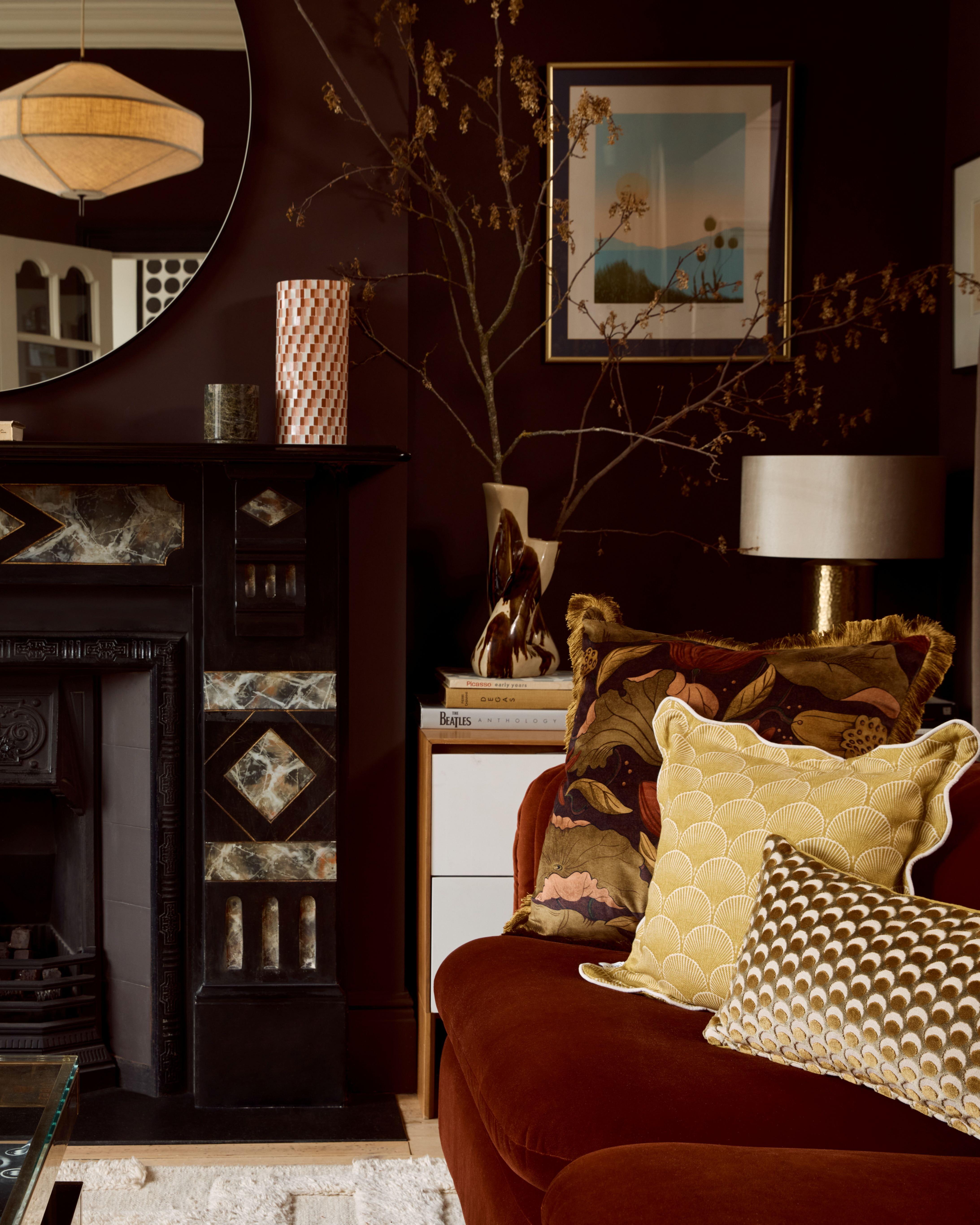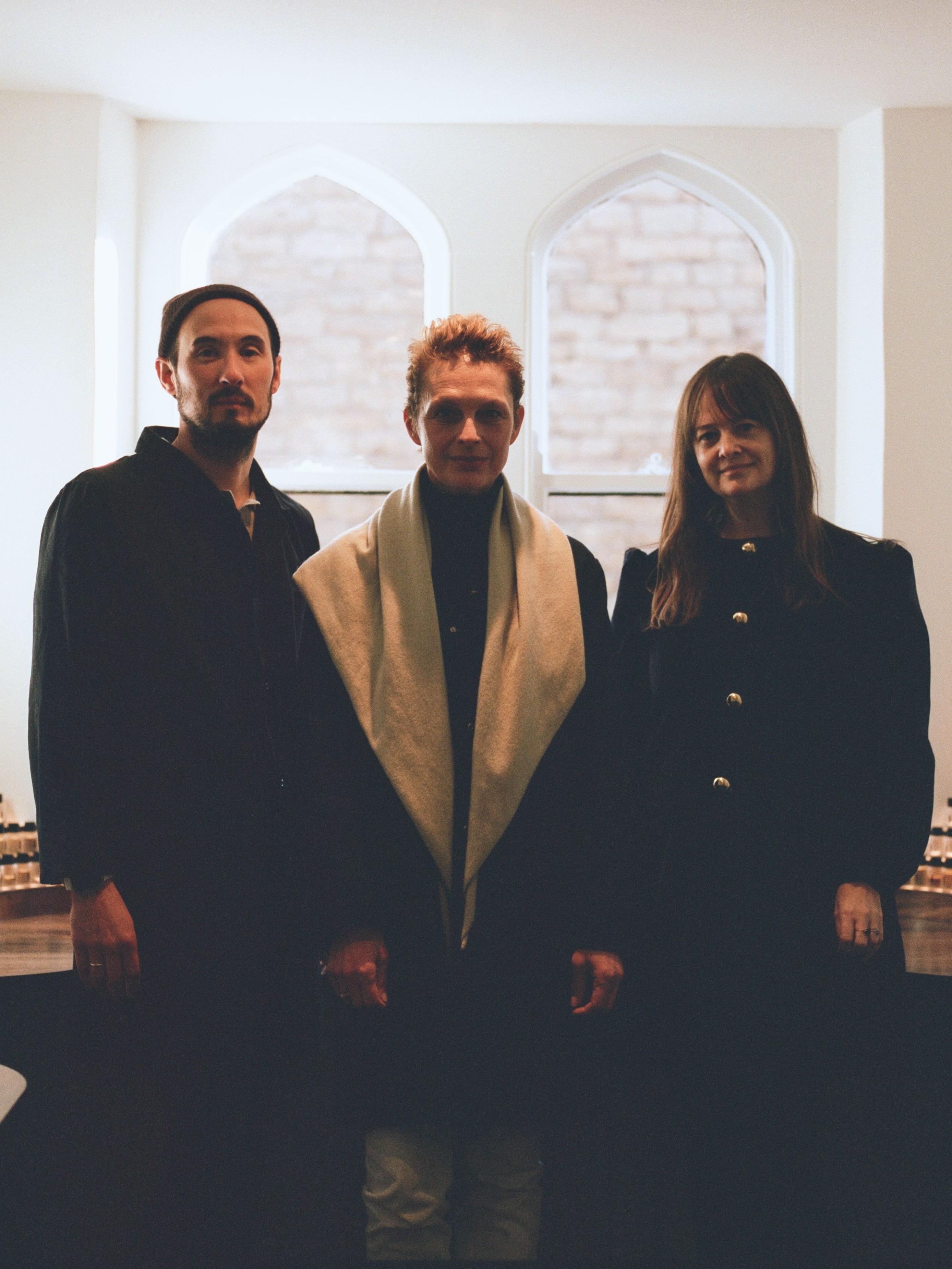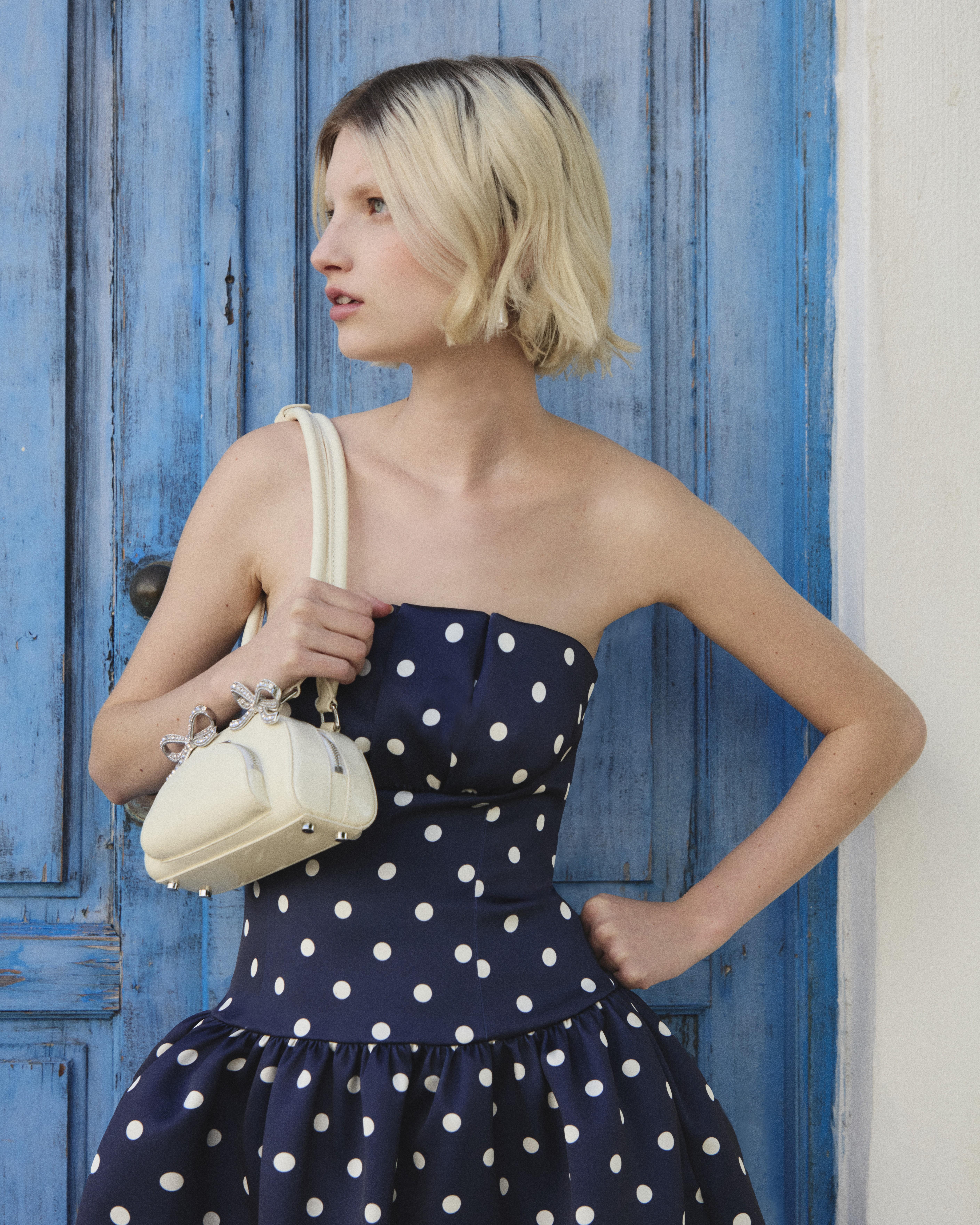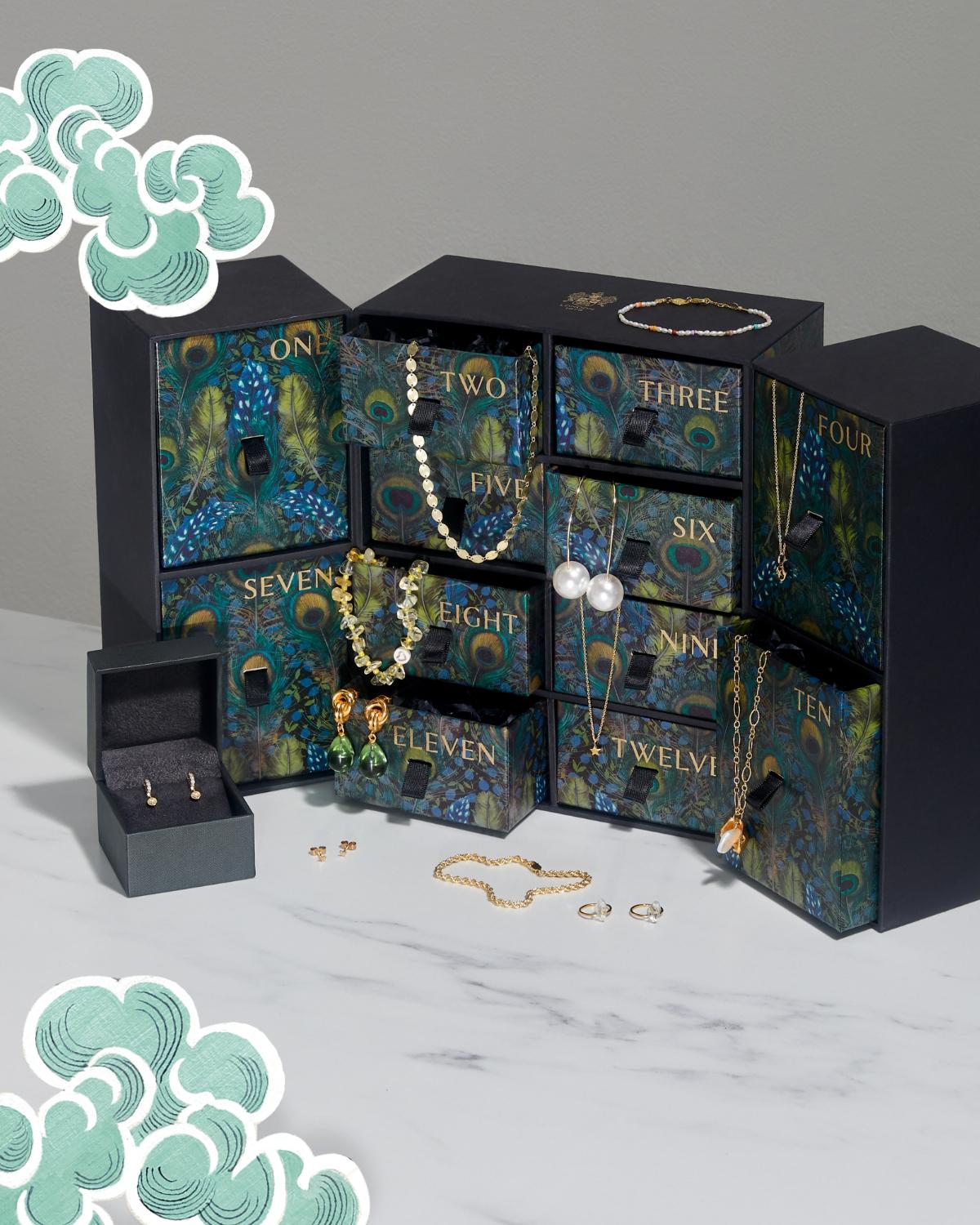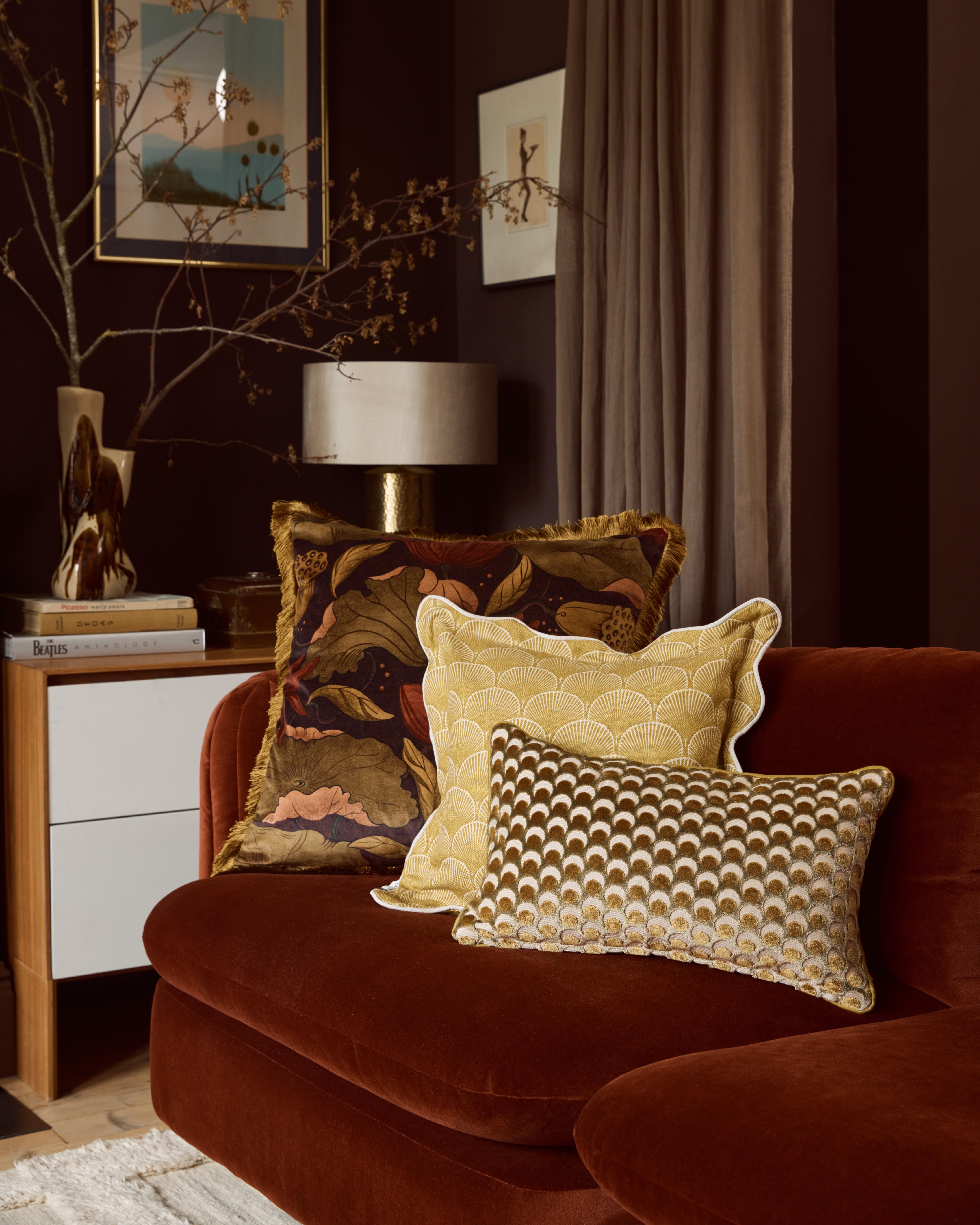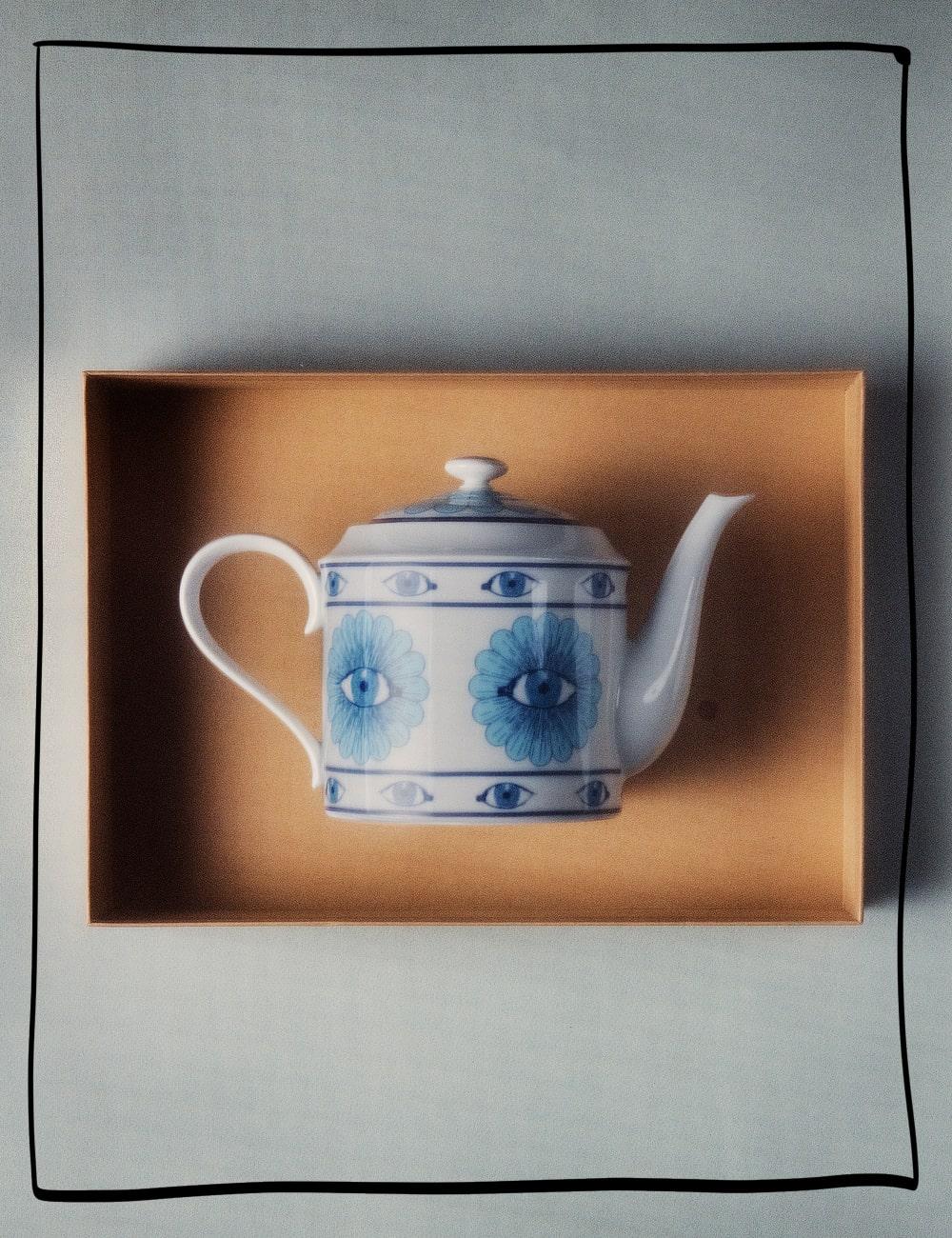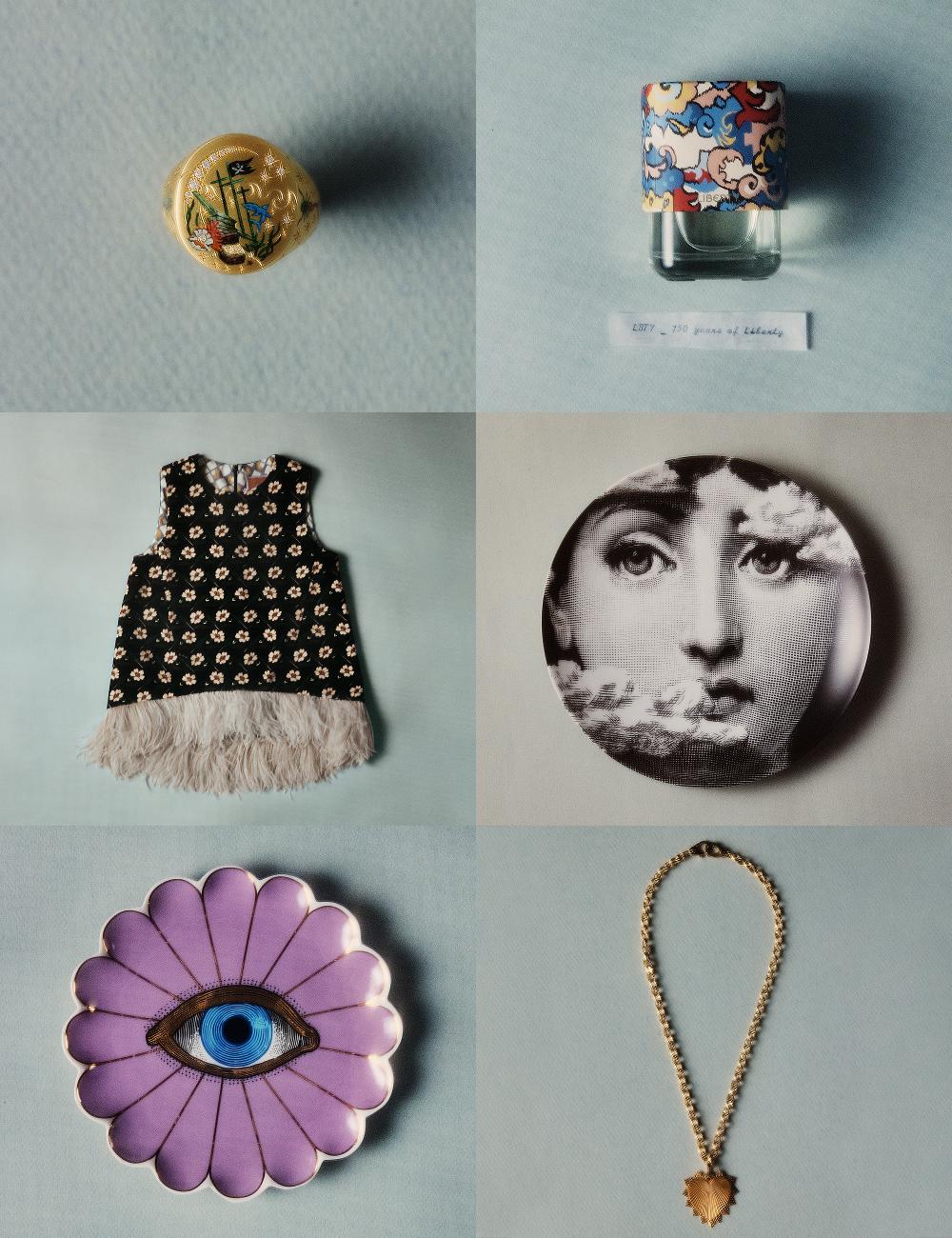In the Studio With Cornishware
The impressive story behind the UK’s most iconic blue and white crockery
Read more
In the Studio With Cornishware
The impressive story behind the UK’s most iconic blue and white crockery
By: Team LibertyIn 2007, Charles Rickards did something “absolutely bonkers”. He bought a timeworn ceramics company on the brink of extinction - Cornishware - the historic British company that had fallen on hard times since its heyday in the 1900s. “I've actually got a quite good reputation commercially, but when I did this people started wincing at me slightly,” Charles laughs, recalling his decision. But despite the naysayers, Charles’ romantic instinct turned out to be right. In the years since, he’s restored Cornishware to its former glory (and then some), transforming the business into an international success story. Working alongside his daughter Rebecca, he’s also fulfilled his intention of turning it into a family business. Here, the pair tell us more about reviving one of Britain’s most beloved brands.
Tell us a little bit about the brand’s history.
Charles: So the business was actually established in 1864 by a guy called Thomas Goodwin Green. Originally the business built piping for drainage and tiles for roofs. They diversified after a period of time and started making crockery.
After WW1, in 1919, a designer called Parker joined the team. He was in charge of the creative injection of new blood after the war. In those days, they used to go on holiday all together en masse, rather like Google did in the old days. They'd go on the train which brought the clay up from St Austell, Cornwall for their holidays. Parker was sitting on the beach down in Cornwall one summer, thinking about what the next big idea would be. He was staring up into the Cornish skies and the idea of blue and white stripes came to him.
This was in a period where design was much more floral, dainty - so it was really quite radical. He also had the idea of creating the ridges which really make Cornishware very unique. Now, the design sits in the London Design Museum as one of the 50 most iconic brand designs in the whole world, which is pretty amazing. It's sitting up there with the Sony Walkman.
What appealed to you about buying it?
Charles: The simplicity of the design is what made it attractive from a commercial point of view. Also the romance of it - it’s an iconic heritage British brand and it went bust in 2007, and that pained me. And so I decided to buy the business with some pals, and see if we could get it back on the map.
Did it come with a handbook when you bought the company? What processes have changed?
Rebecca: Over the last hundred years, processes have changed at Cornishware. I have this Cornishware history book on my bedside table, which is my bedtime reading! For the storage jars, they used to dip everything in blue paint and then carve away the stripes. But now we do a whole different process, so we paint onto the stripes. And if it's got a handle or a spout we go through a whole waxing process where we paint wax on the areas we want to keep white. We have a team of four decorators and they will paint on the stripes. It's a really really difficult skill to learn, it will take around a thousand items for them to get to a good standard, basically. So that's about three to four months of training.
Charles: We worked out that about 25 pairs of hands handle each piece.
Cornishware has had such a resurgence over the last few years. You've collaborated with similarly iconic brands like Wallace and Gromit and JW Anderson, and a Cornshware mug was recently featured in a Burberry film with Olivia Coleman. Why is nostalgia so important to Cornishware?
Rebecca: Every Friday morning, I have pottery tours here and I get to meet customers. Everyone has their story about Cornishware, because it's that object that was on their kitchen table or as a child, that's what they remember. I also feel that. Even when I go to a friend's house or to London and I see Cornishware, I feel like I’m home. It definitely sparks that emotion. It's so much more than a mug.
Charles: And you've grown up with it. Sunday mornings when we were doing the first firings and I was getting all the kids to help me unpack and repack the kilns. It's in their DNA now.
Do you have a lot of memories growing up working on Cornish work?
Rebecca: In the Christmas holidays, everyone in the warehouse would be packing orders. So that's normally what we do in the run up to Christmas. It just felt like a normal way of life, really.
And what are both of your favourite pieces across the Cornishware collection?
Rebecca: For me, it's the small Betty teapot because it can only do one-and-a-half cups of tea. So it's that moment for yourself having a cup of tea after a stressful day. It's just me time for 15 minutes with my small Betty teapot and my cup of tea. I think it's just the cutest item as well.
How does it feel to work as such a historic name slash company and style of product?
Charles: It's a bit like buying a Grade One house - if you should ever be mad enough to buy one! You're almost a caretaker. During your time you've got to look after this property and hand it in as best shape as you can to the next person who's going to take it on.
Rebecca: It impacts, I'd say, nine out of ten decisions in my mind. Even posting on Instagram! We've got a big audience of collectors and we're always making sure we're always nodding to our heritage, as well as keeping things fresh.
Lastly, why is it important for Cornishware to be stocked at Liberty?
Charles: We like to work with really good retailers who understand about merchandising and show our products in their best possible light. And in my humble opinion, Liberty does that better than pretty much anywhere else in the UK.
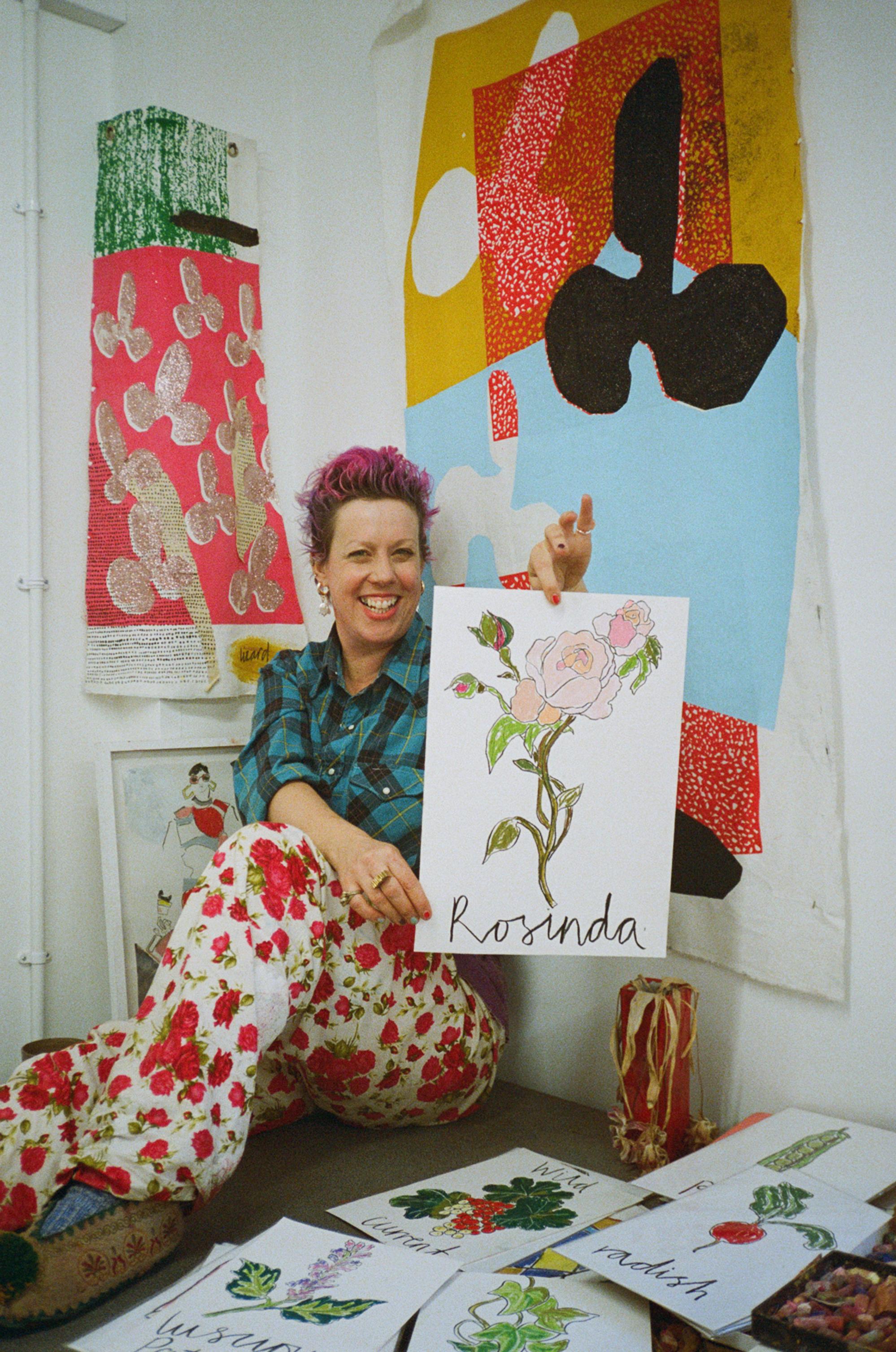
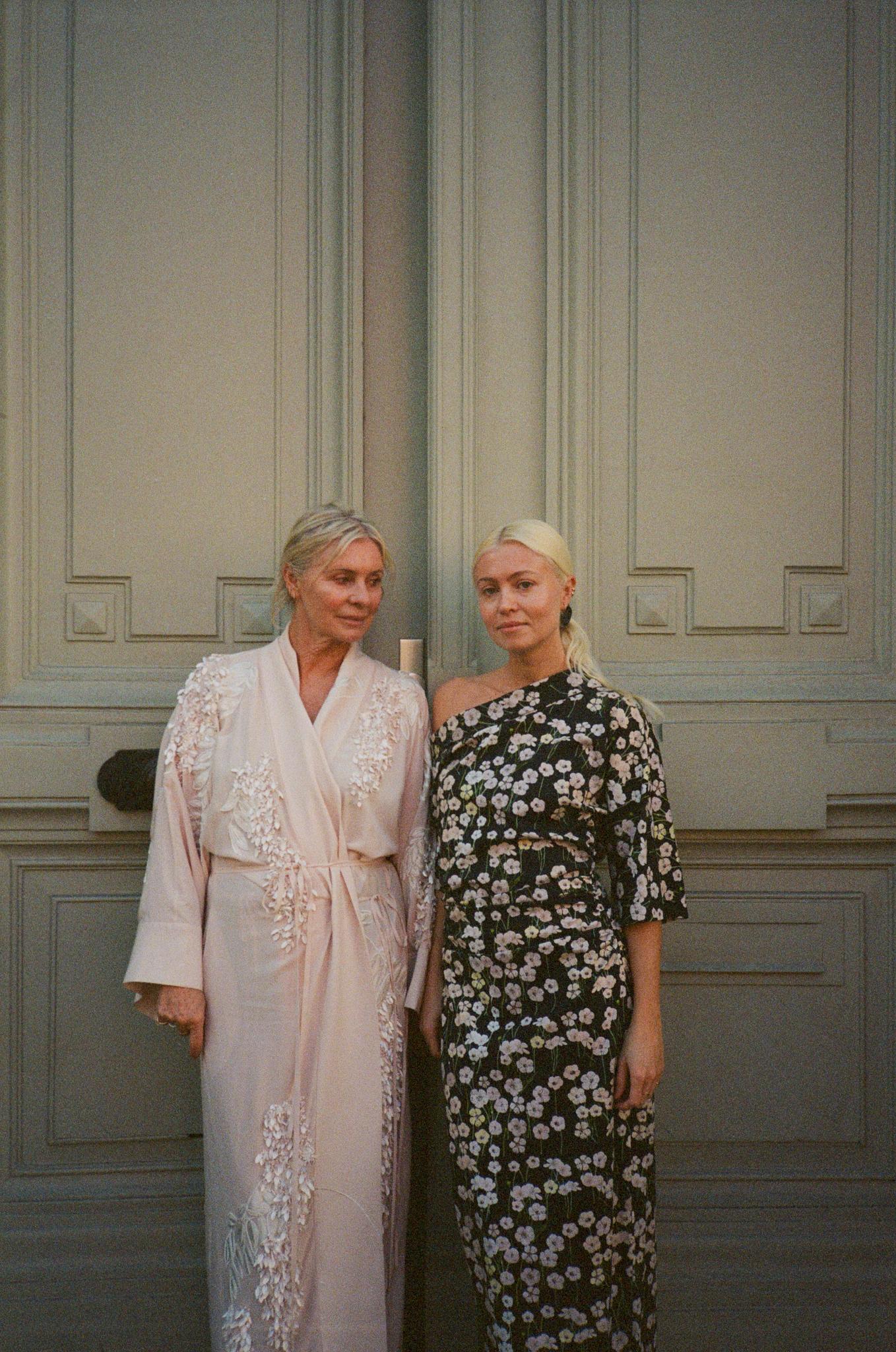
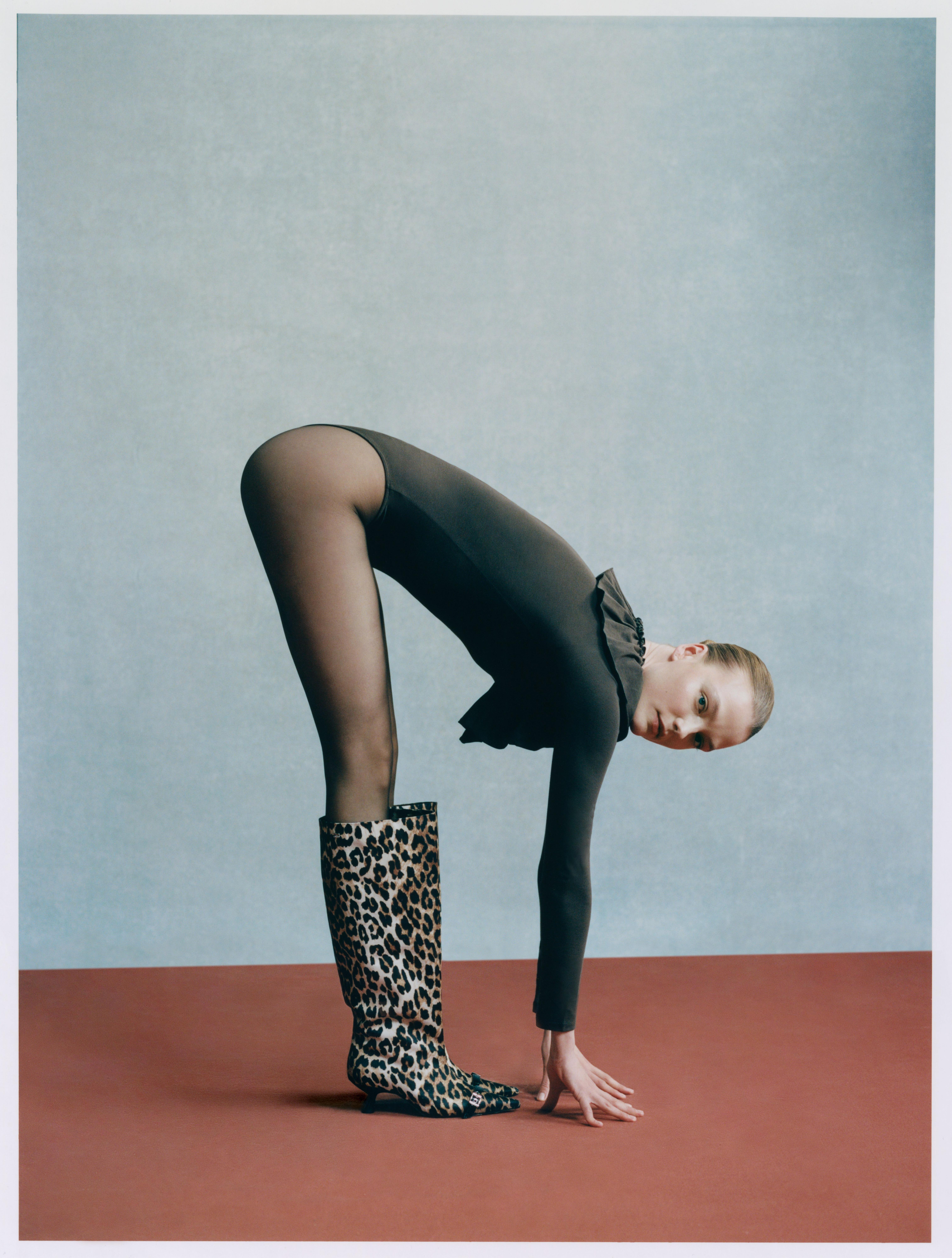
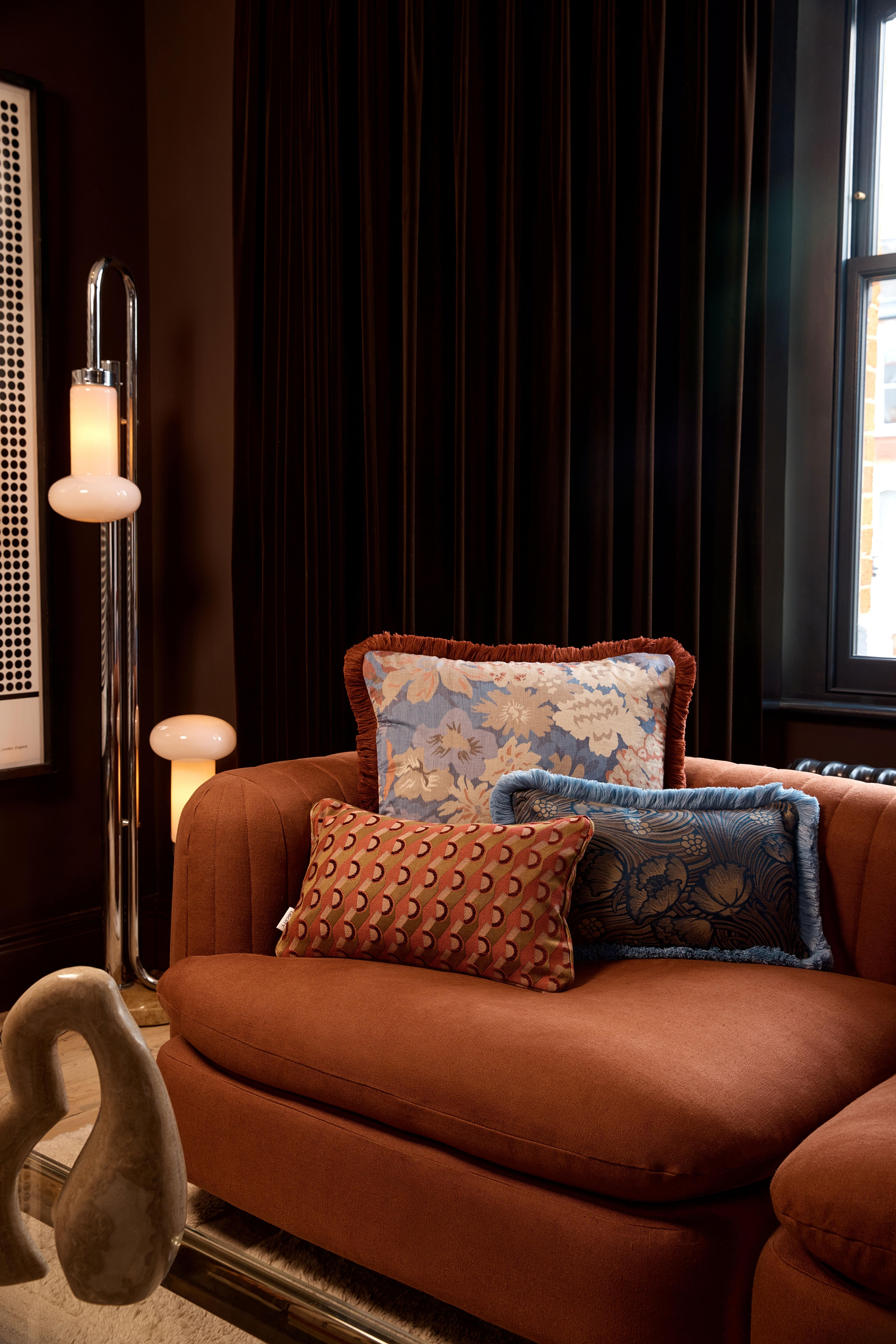
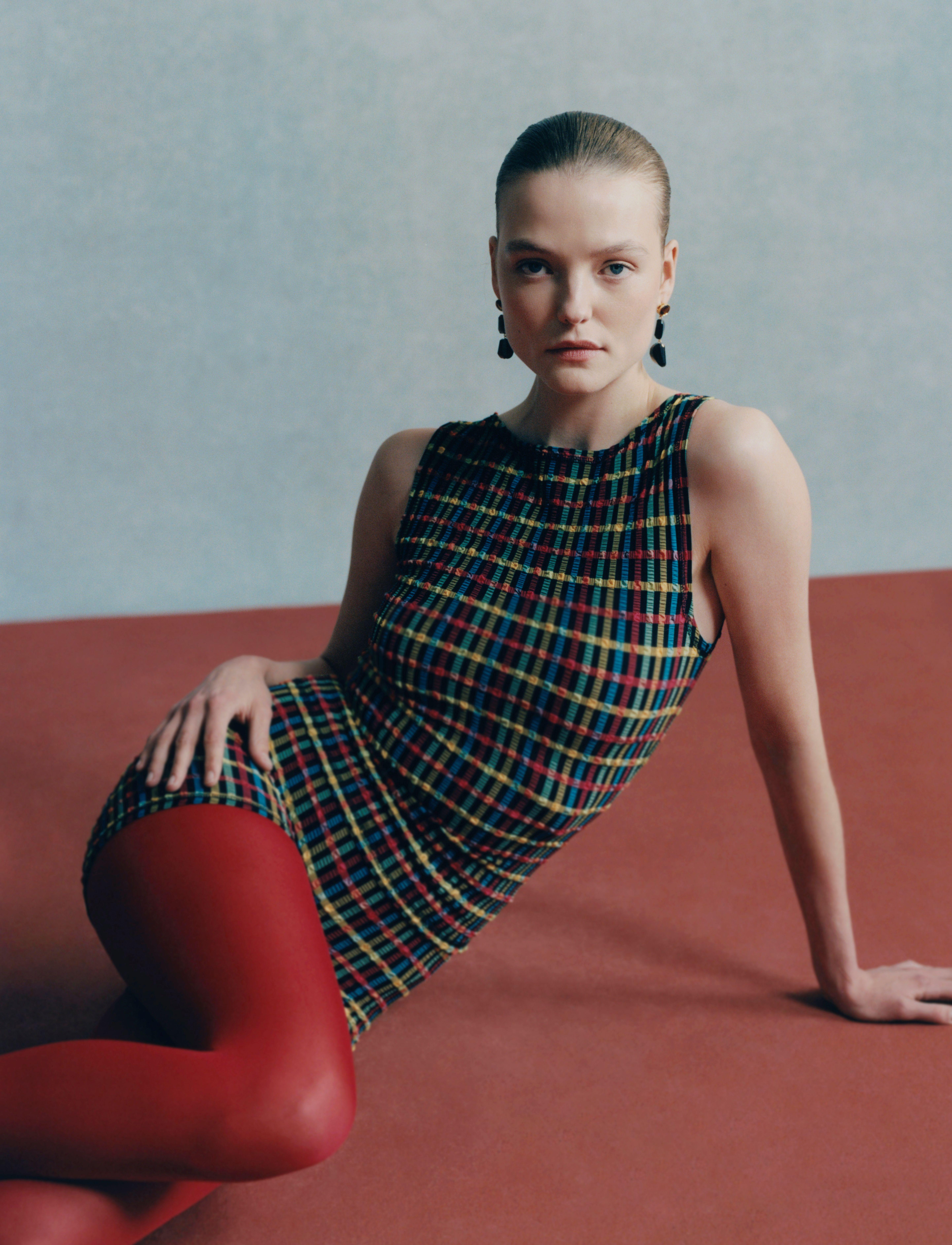
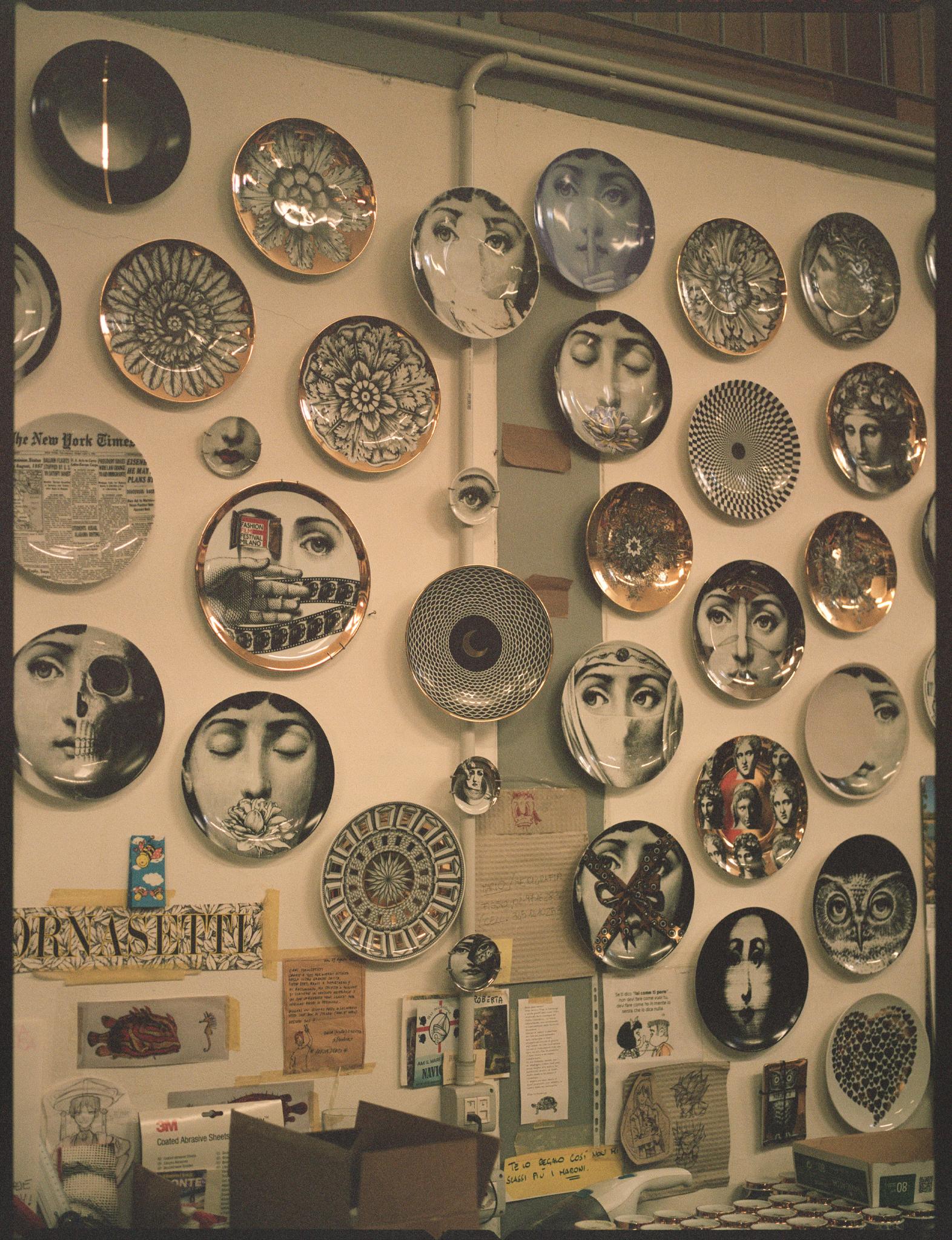
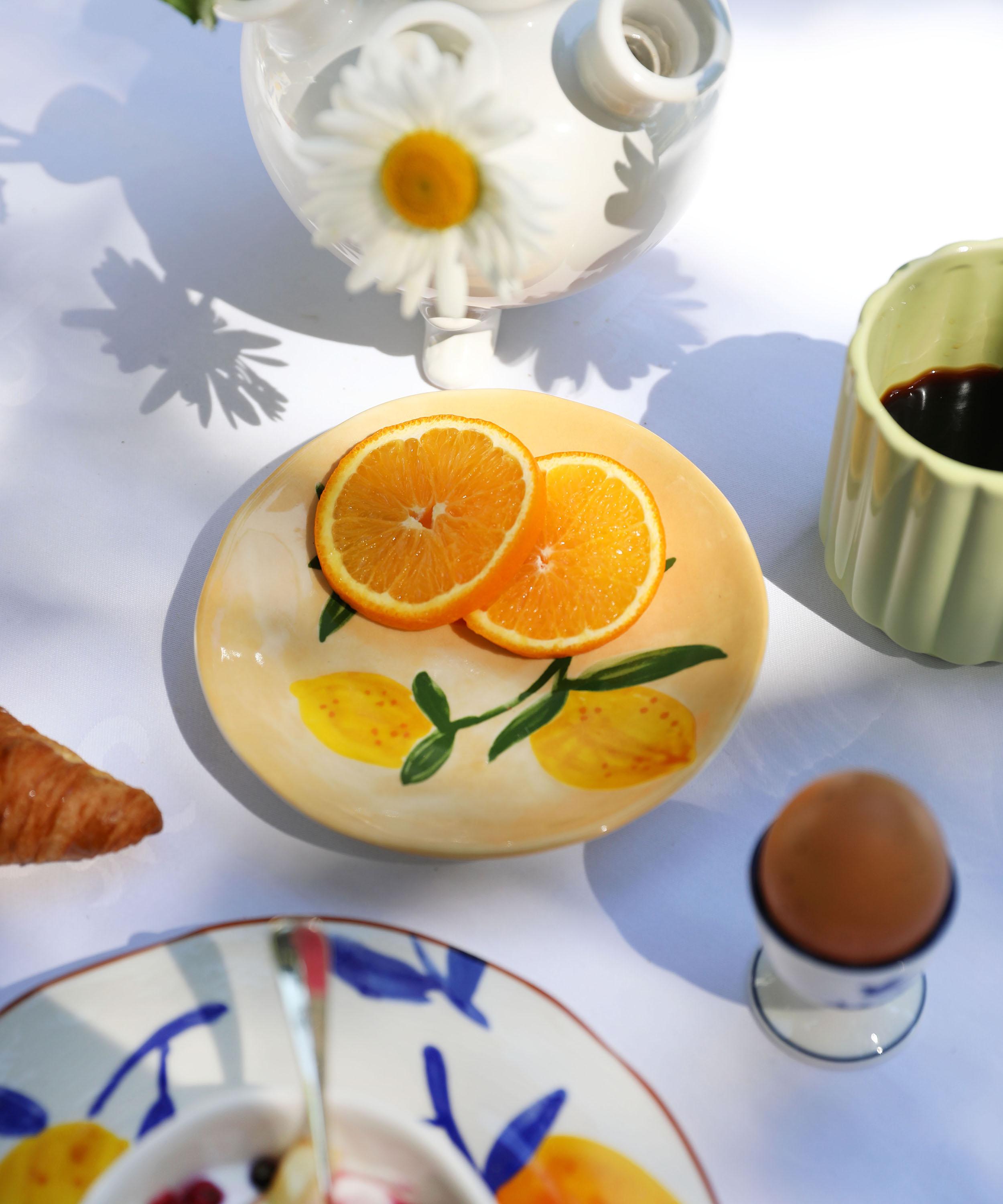

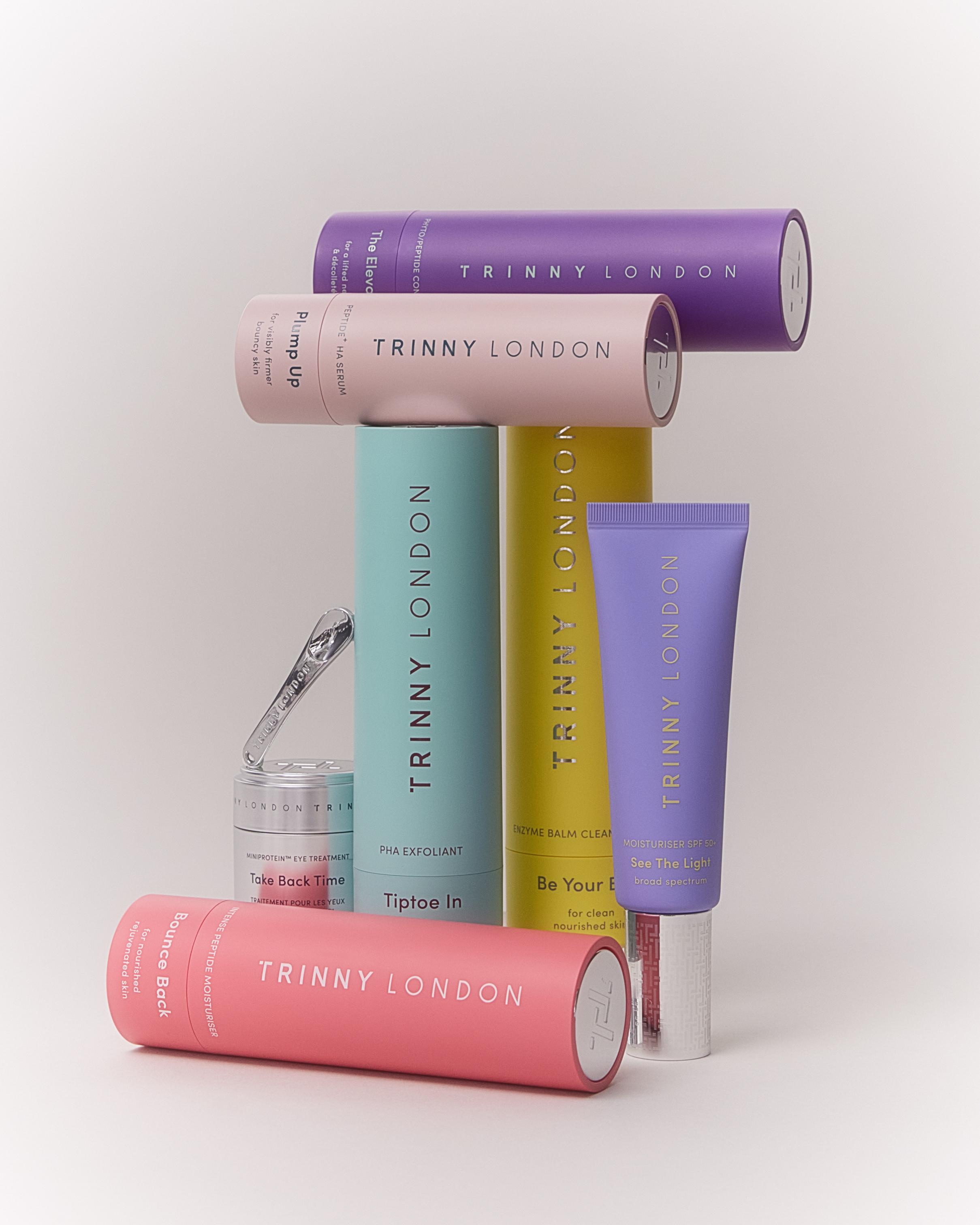
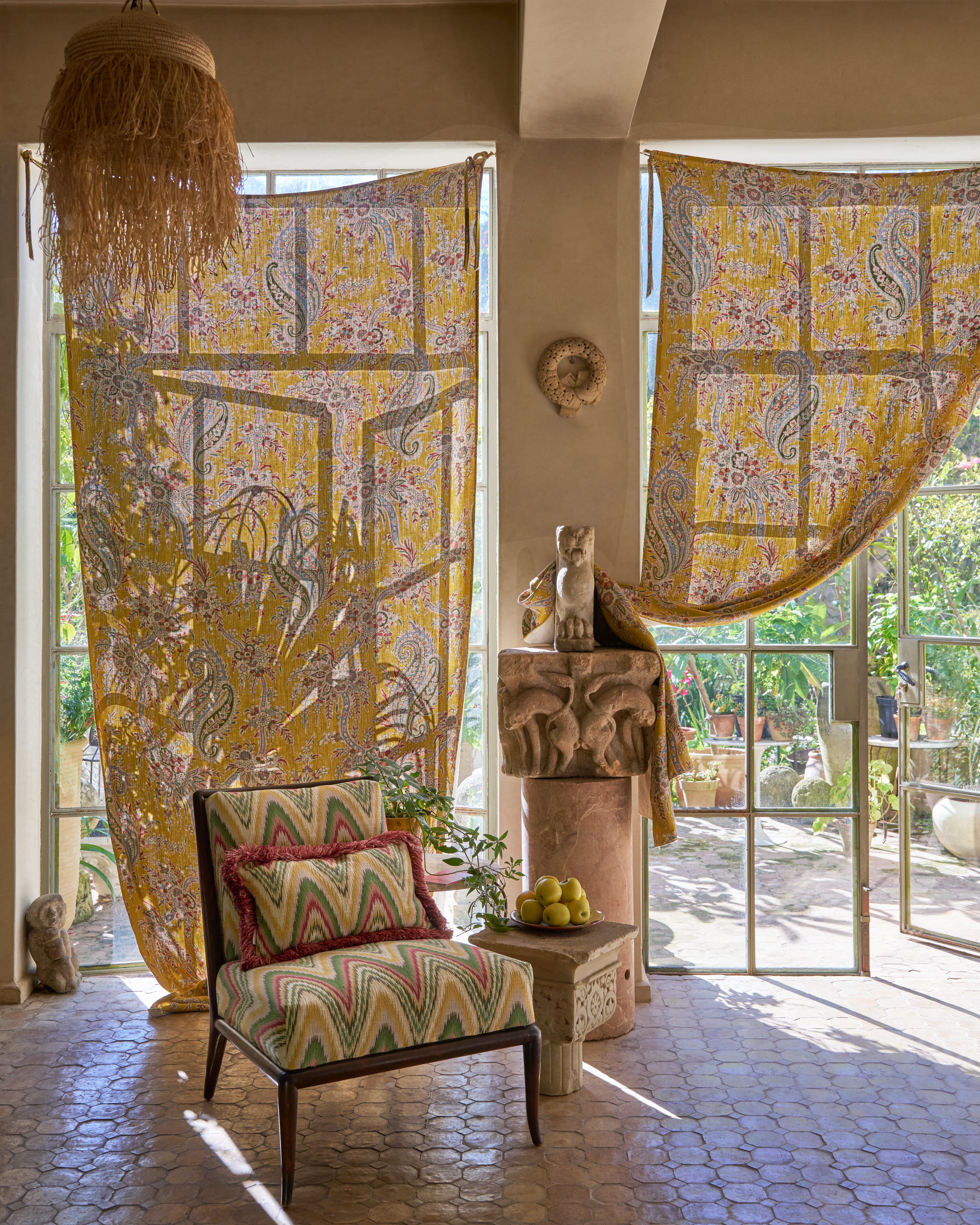
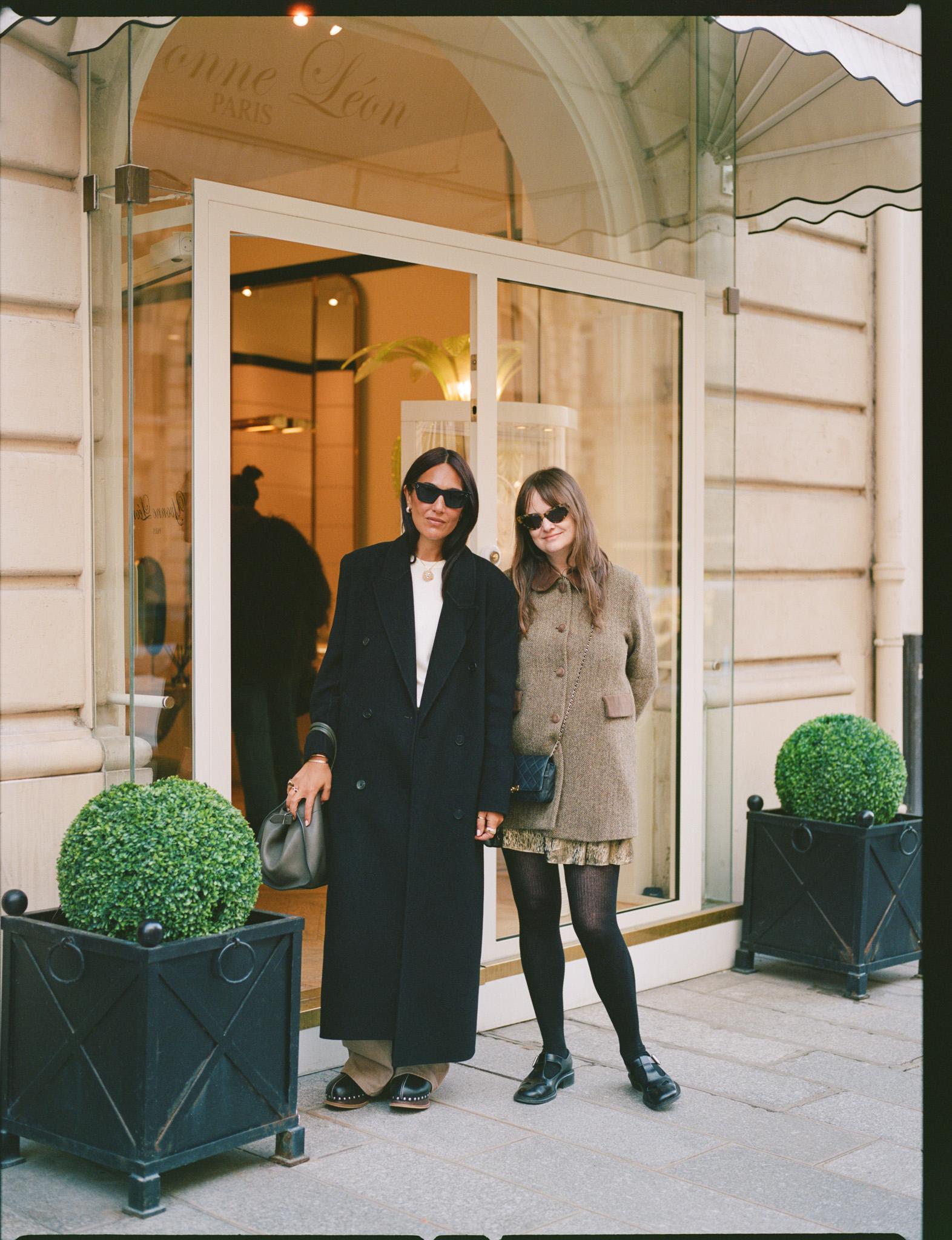
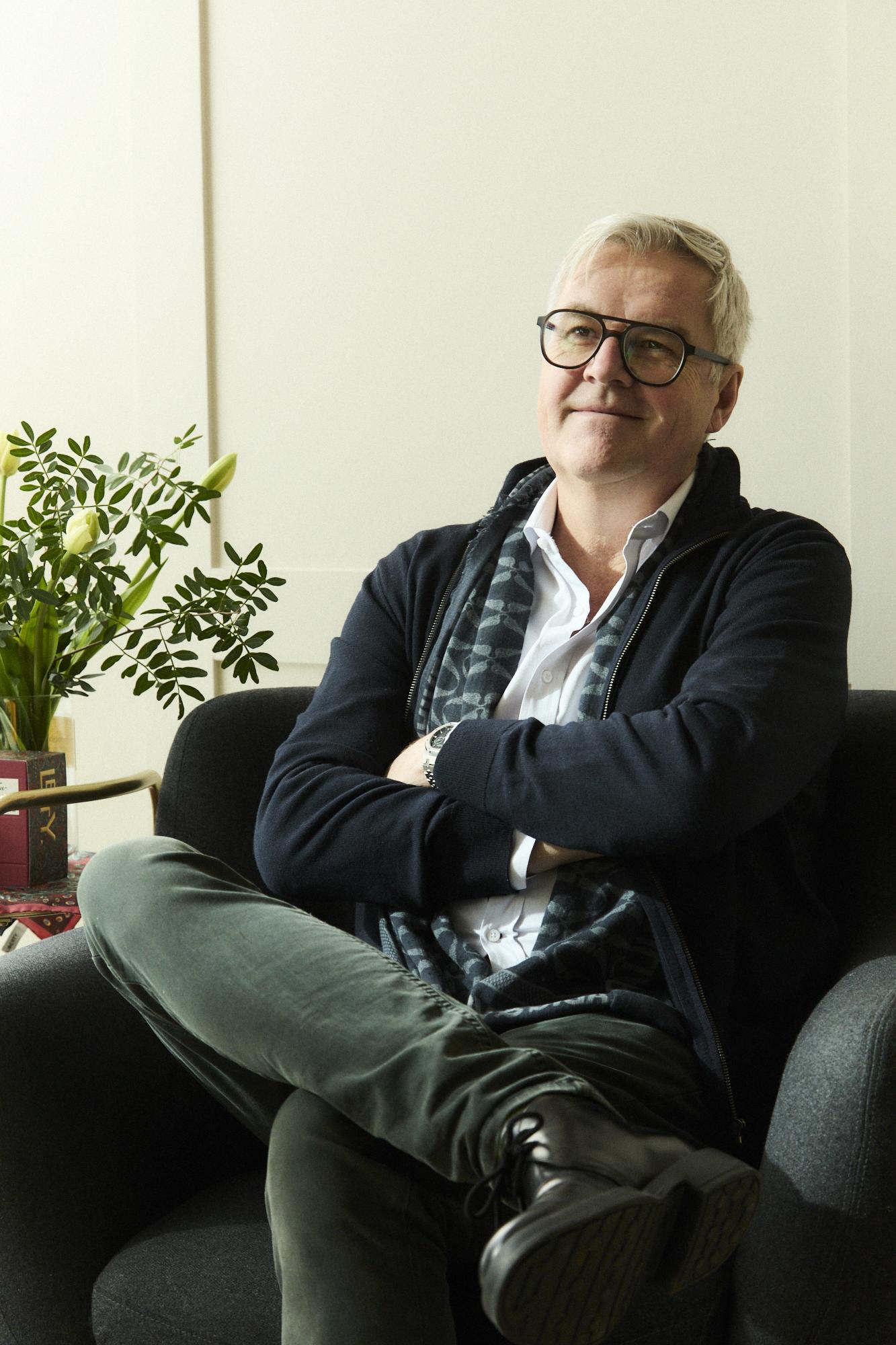
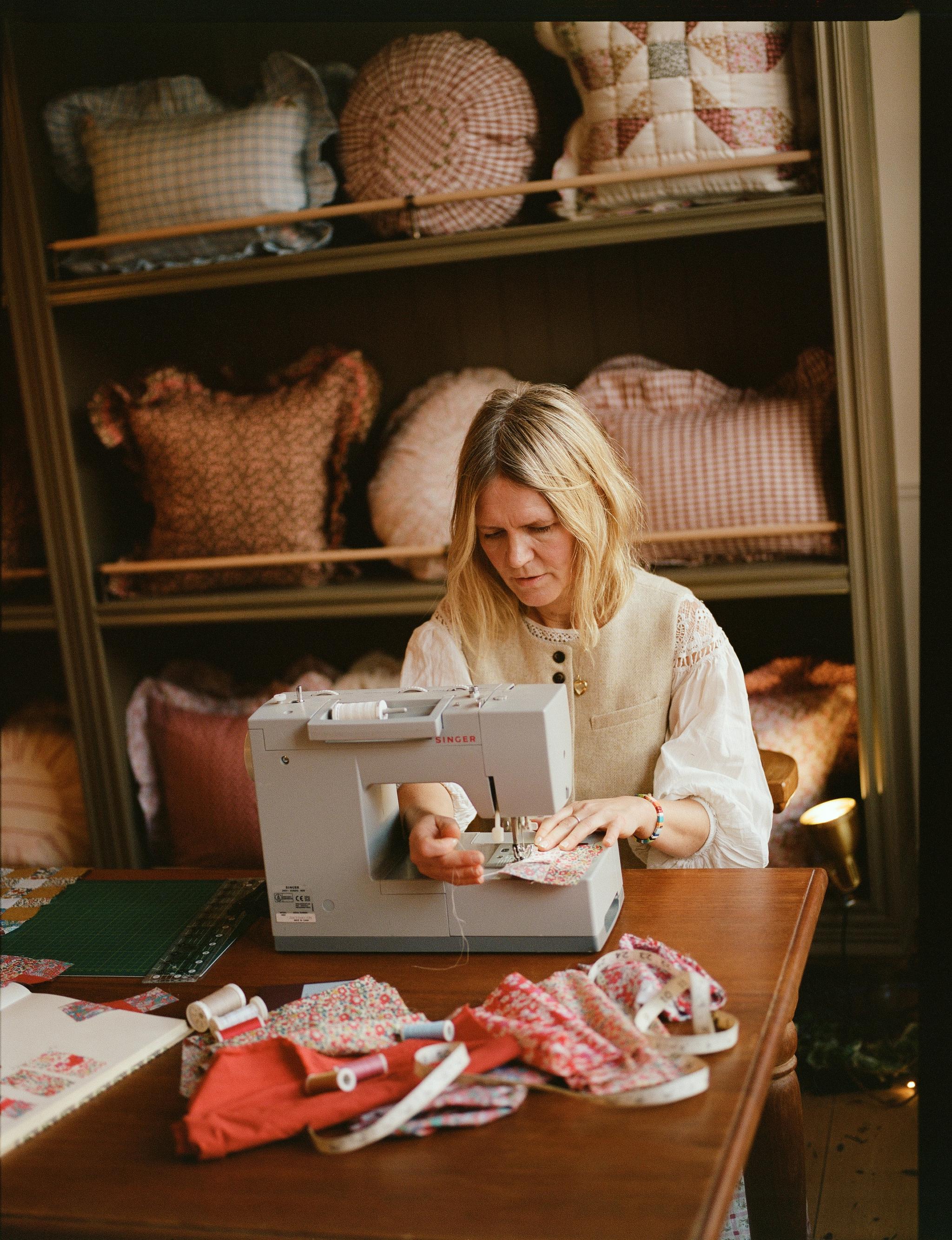
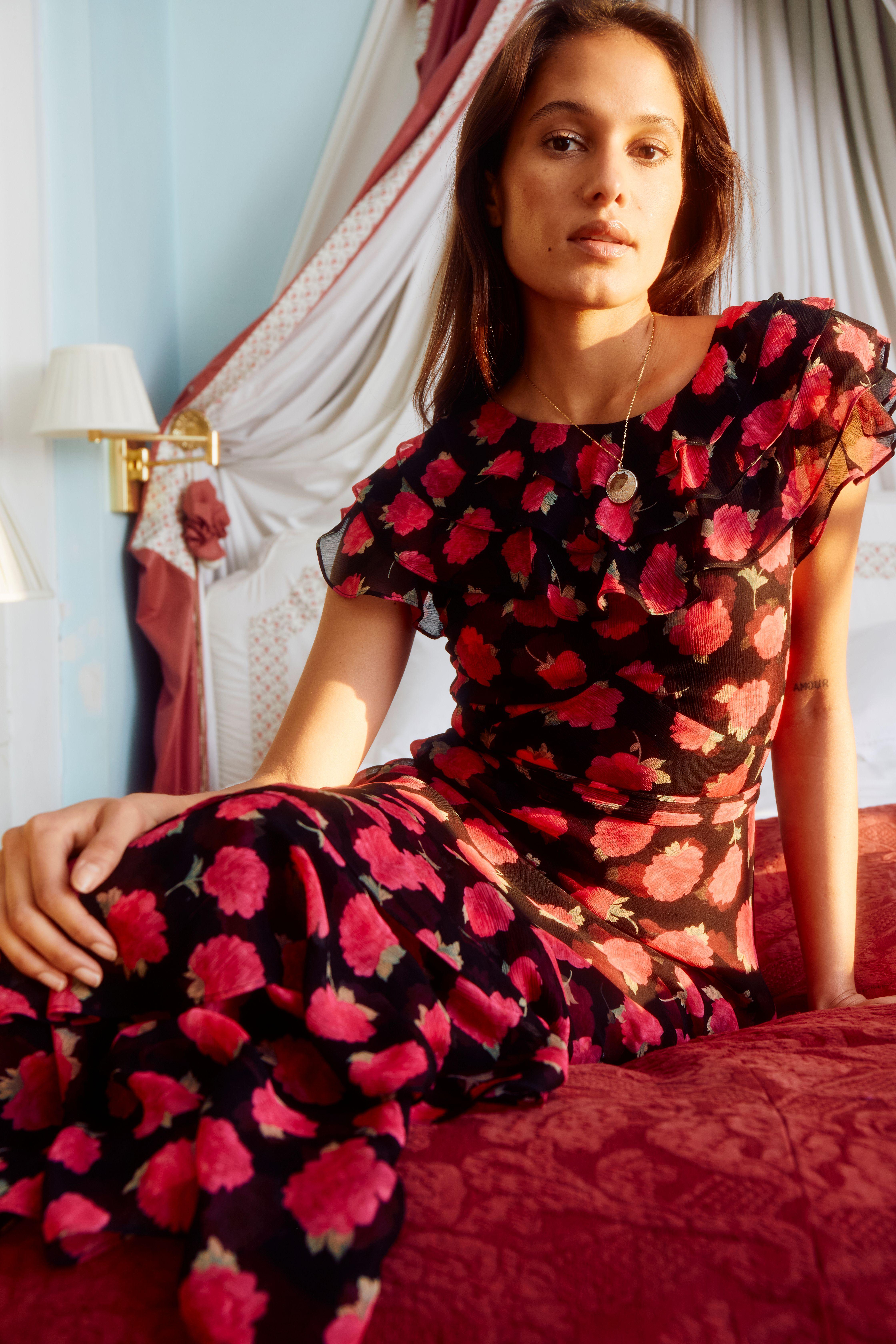
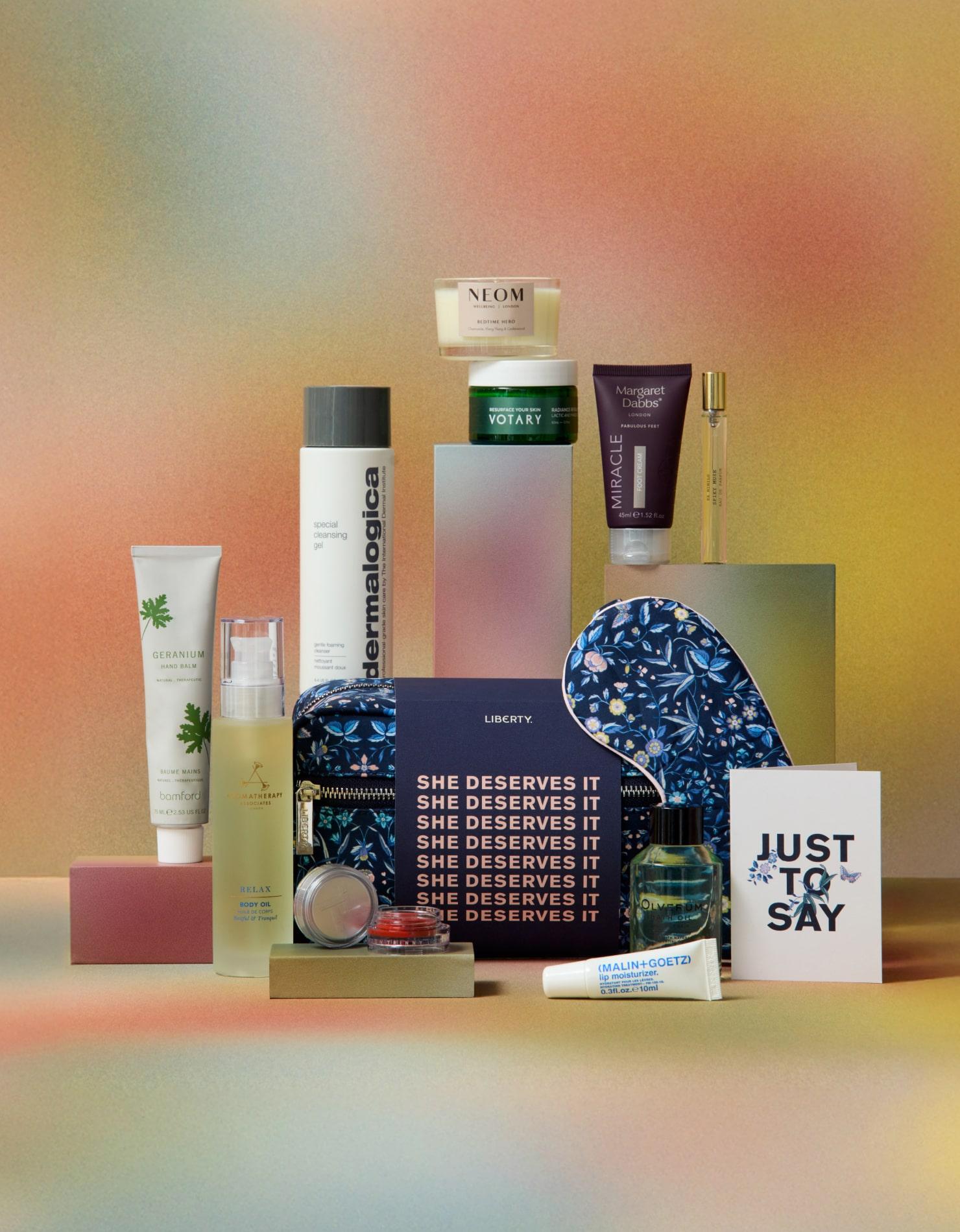


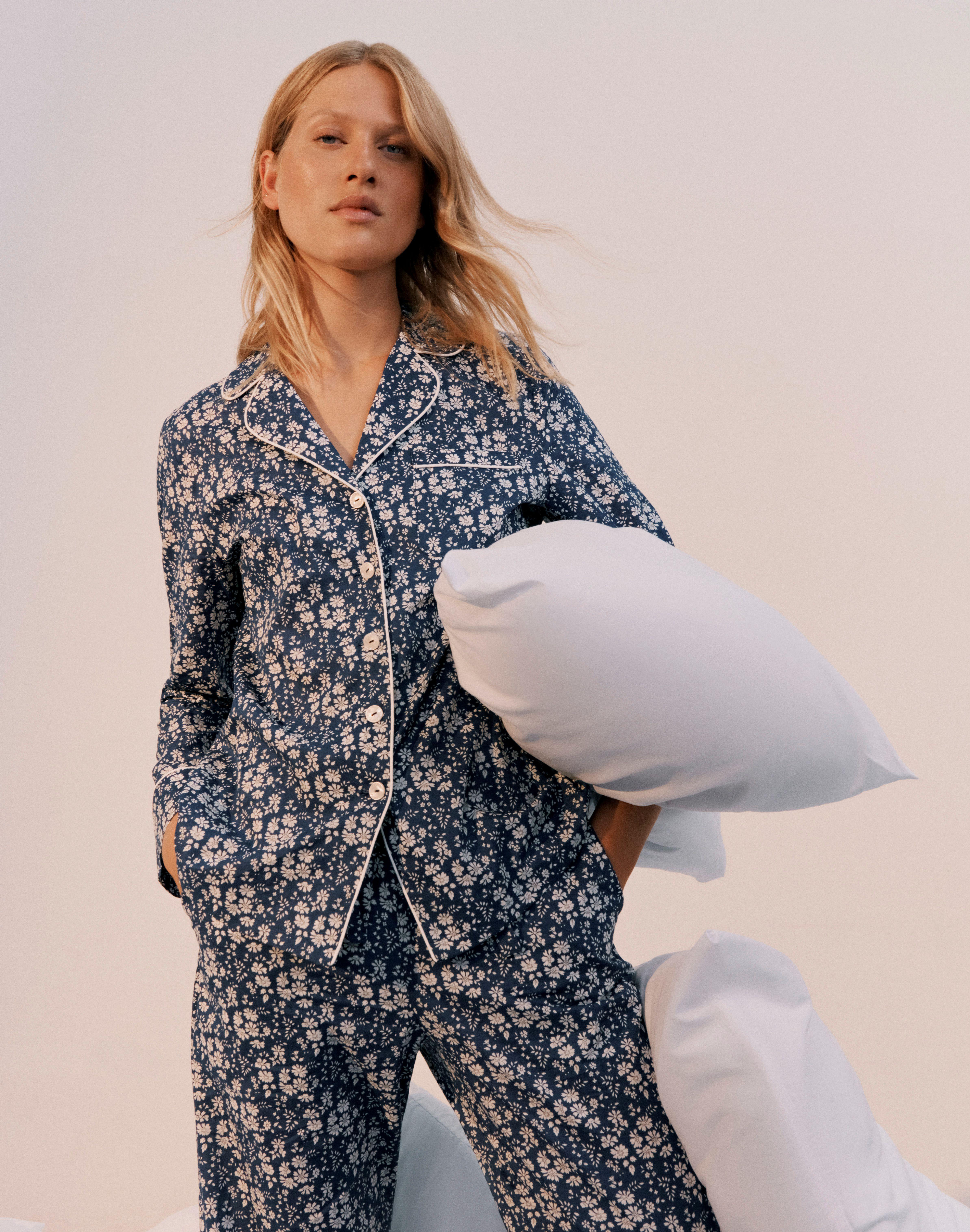
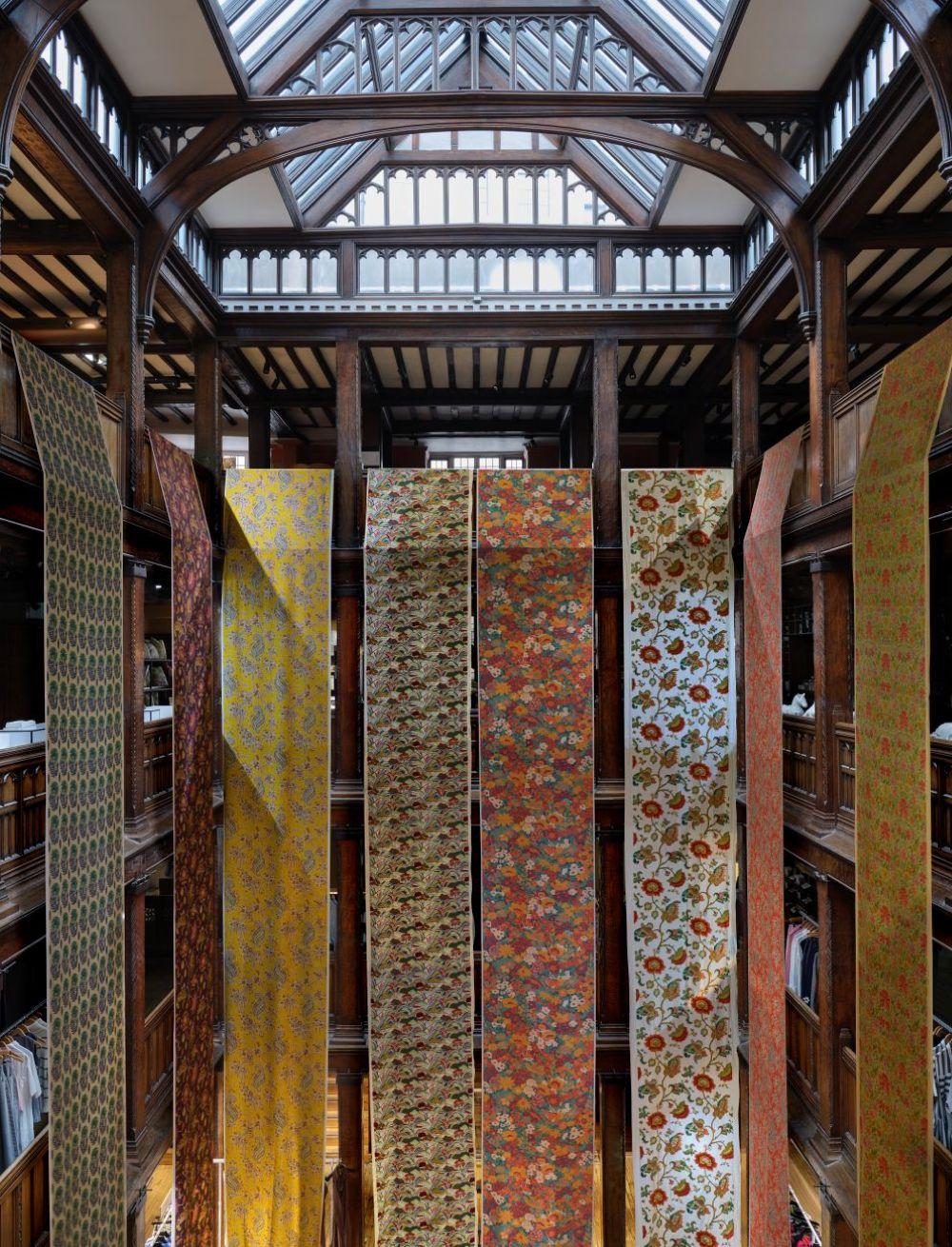
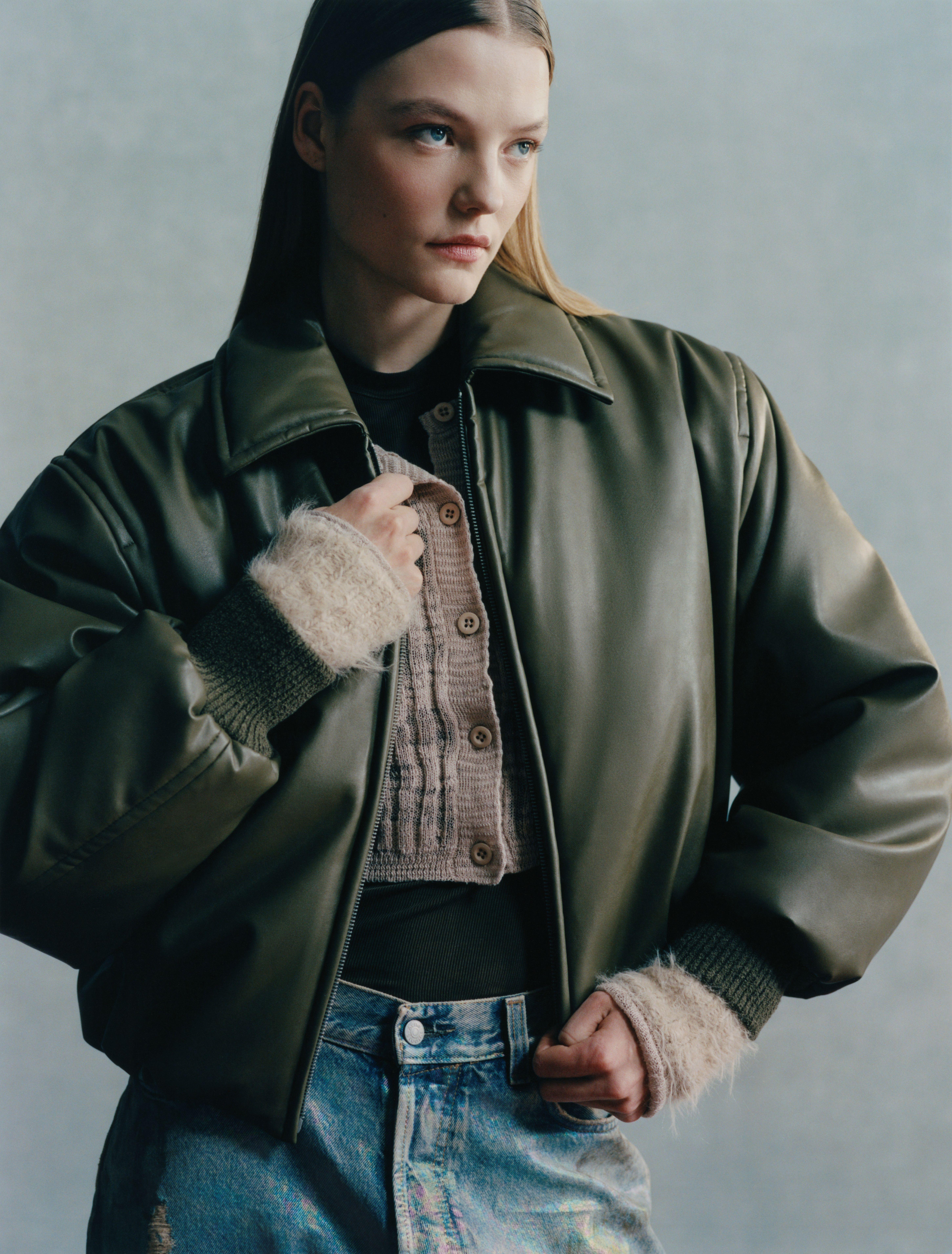
?fmt=auto&qlt=default)
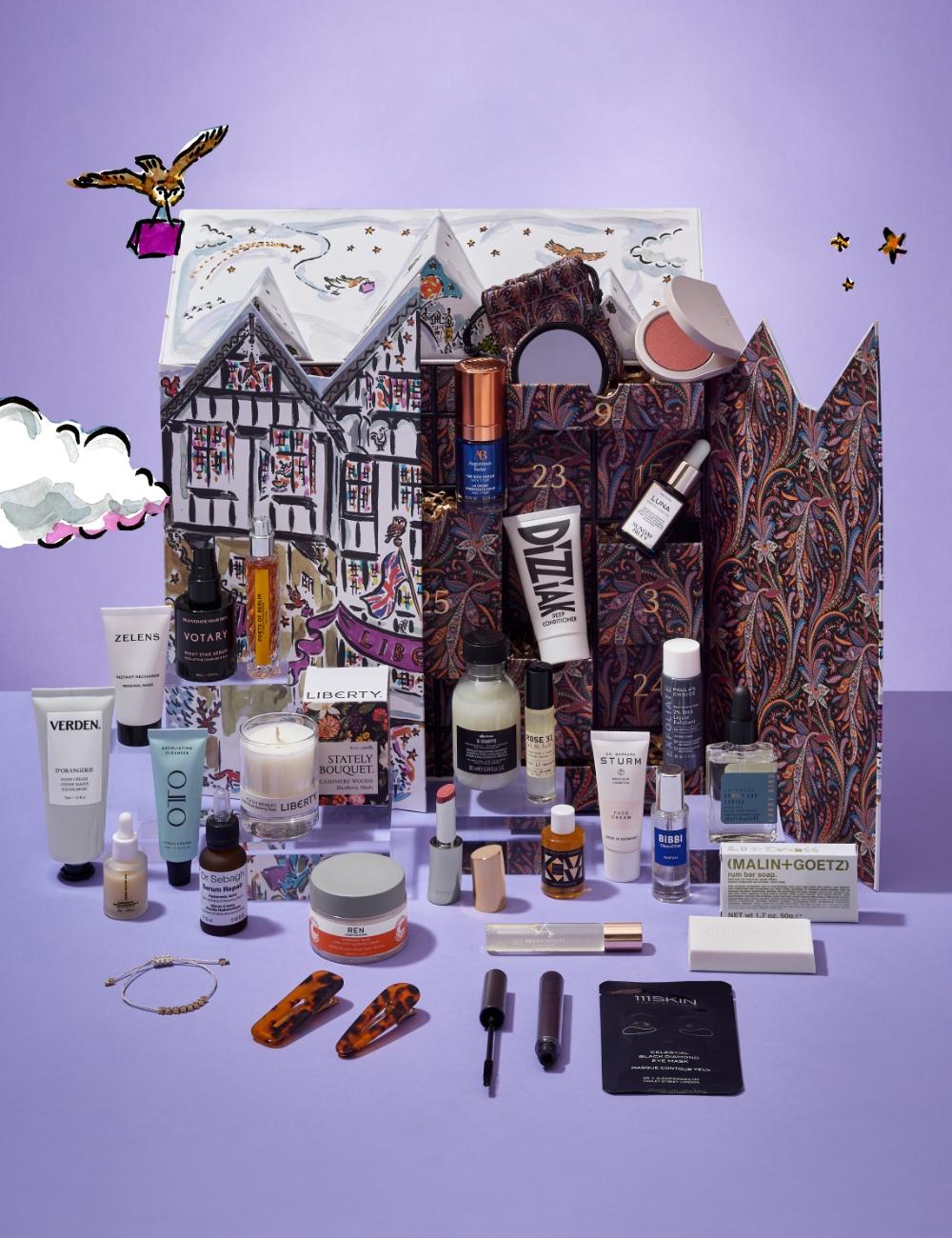


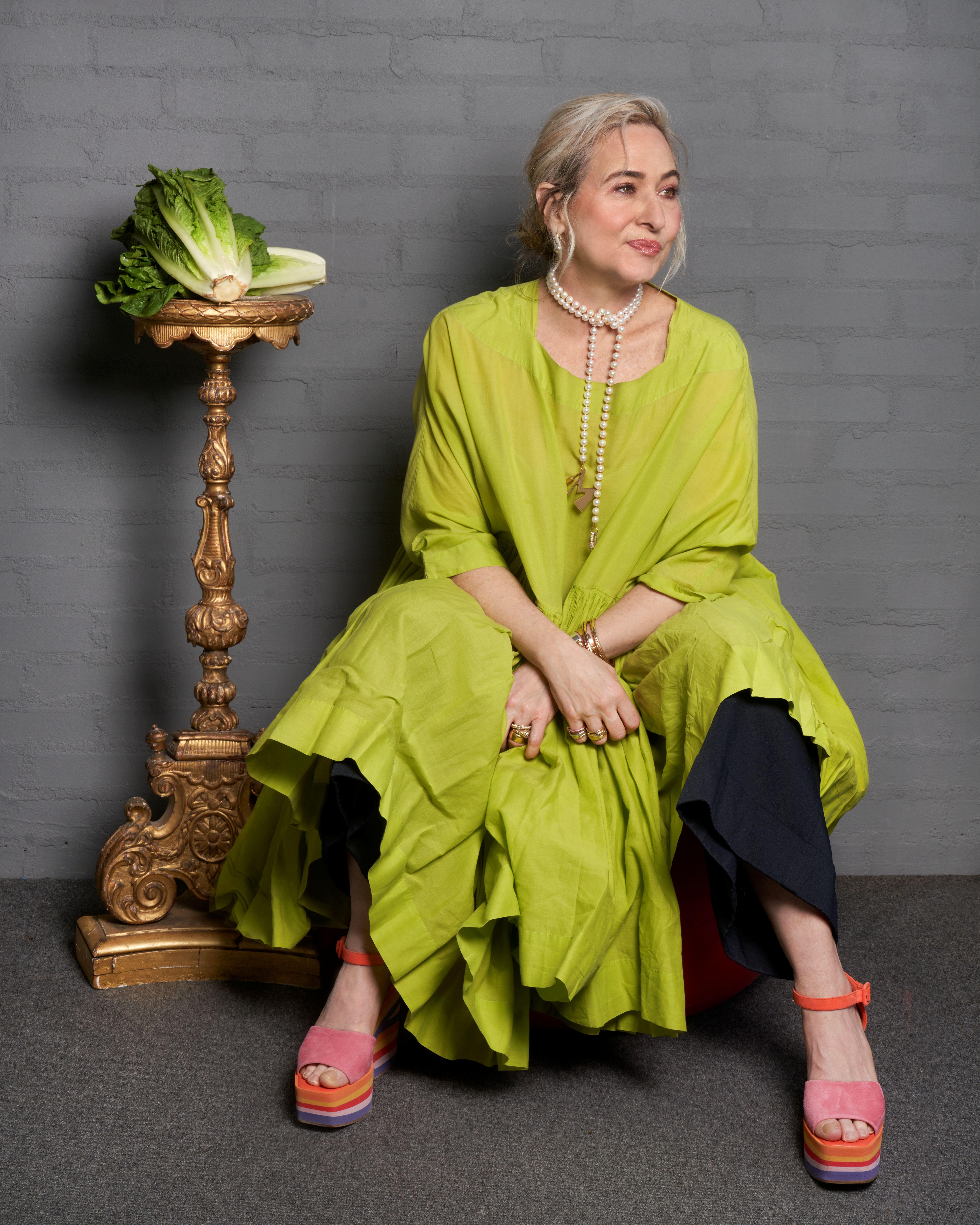

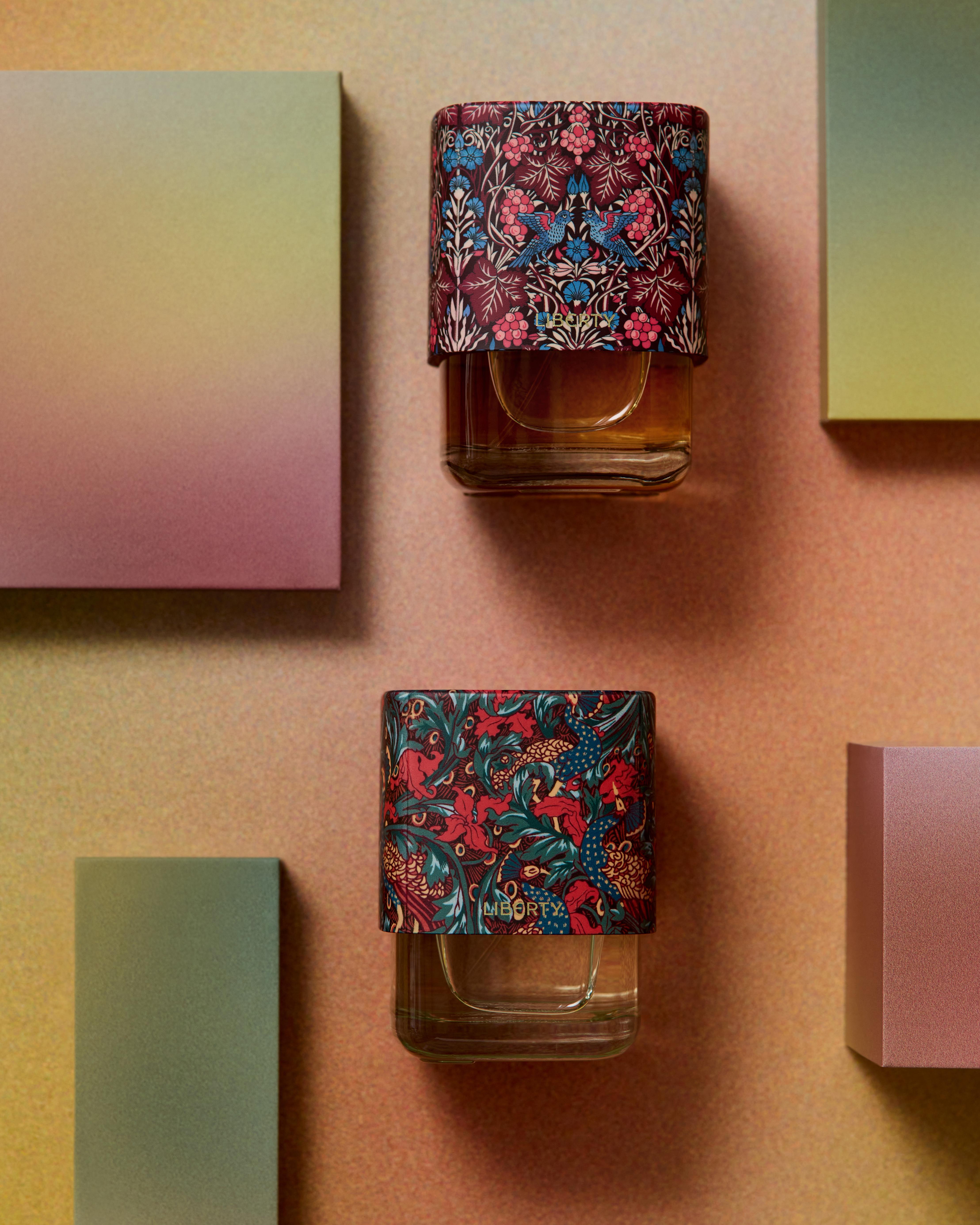


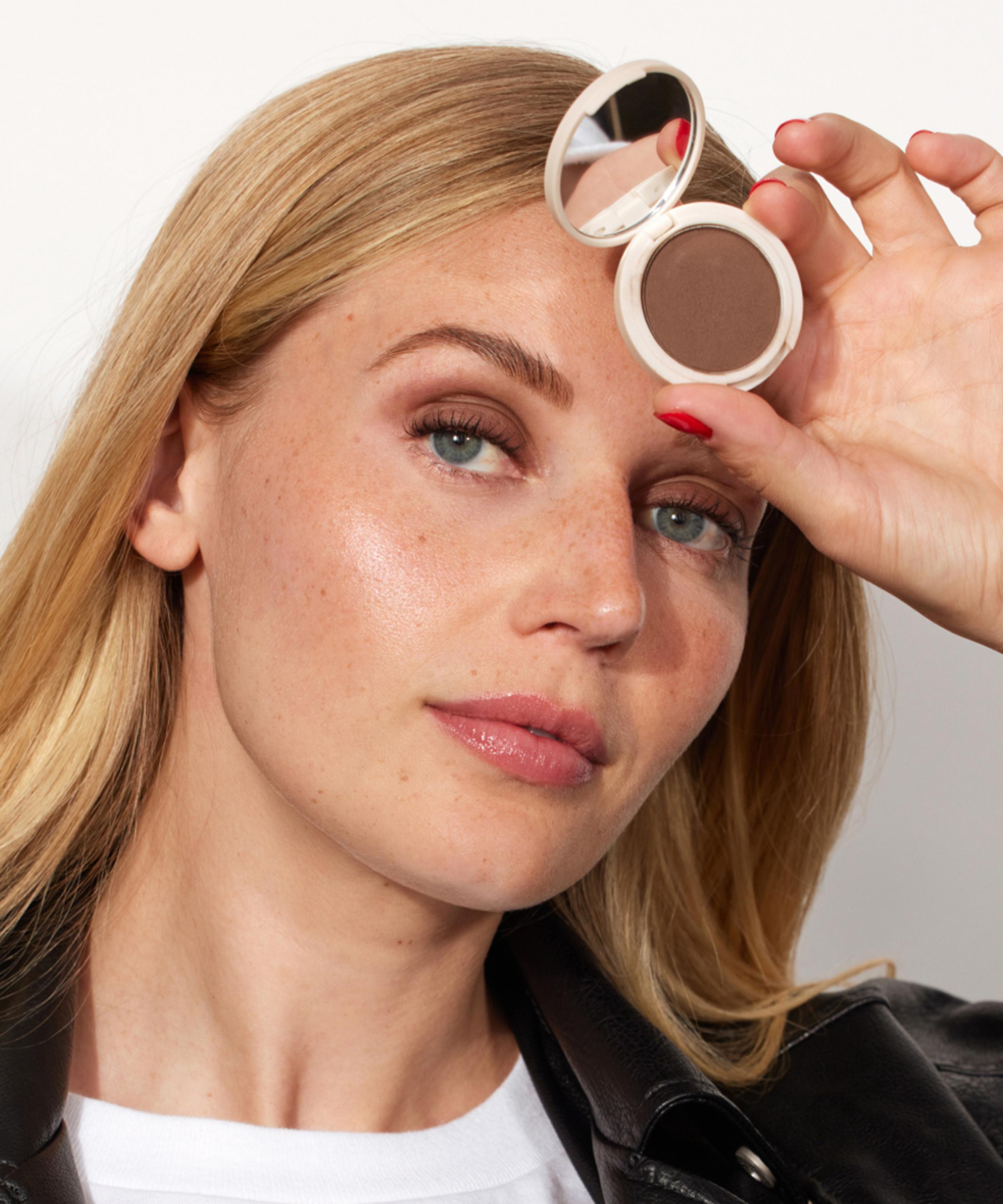
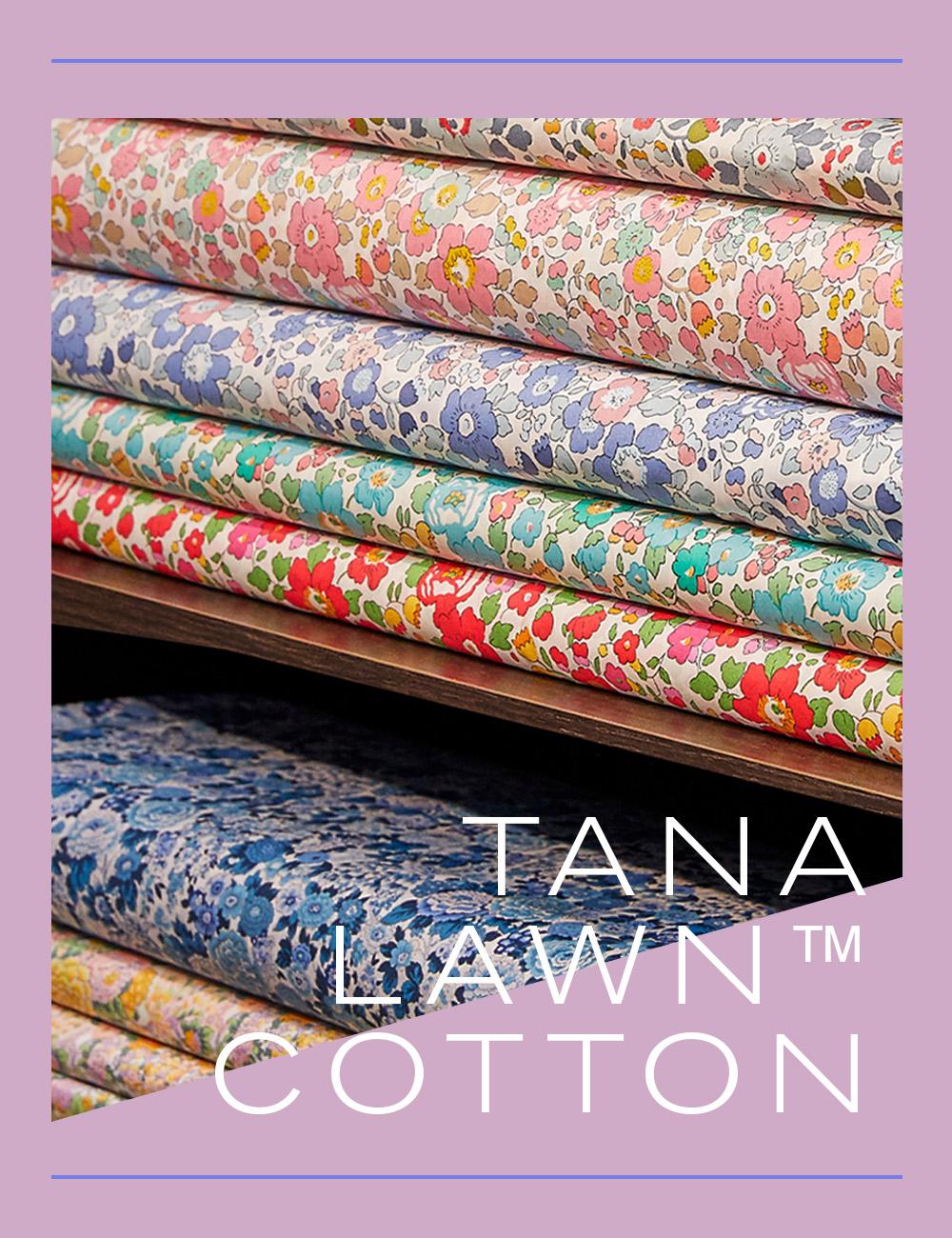
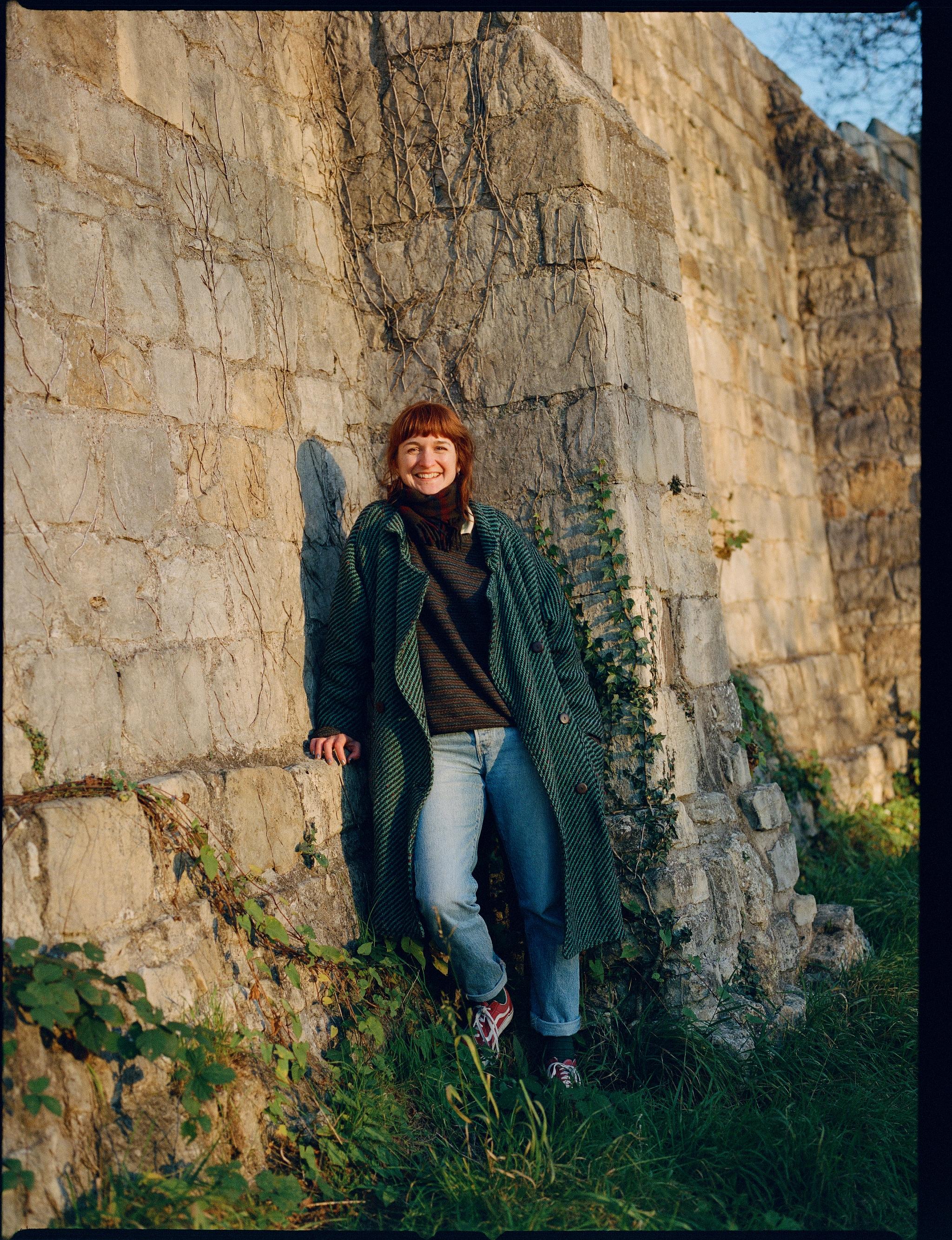
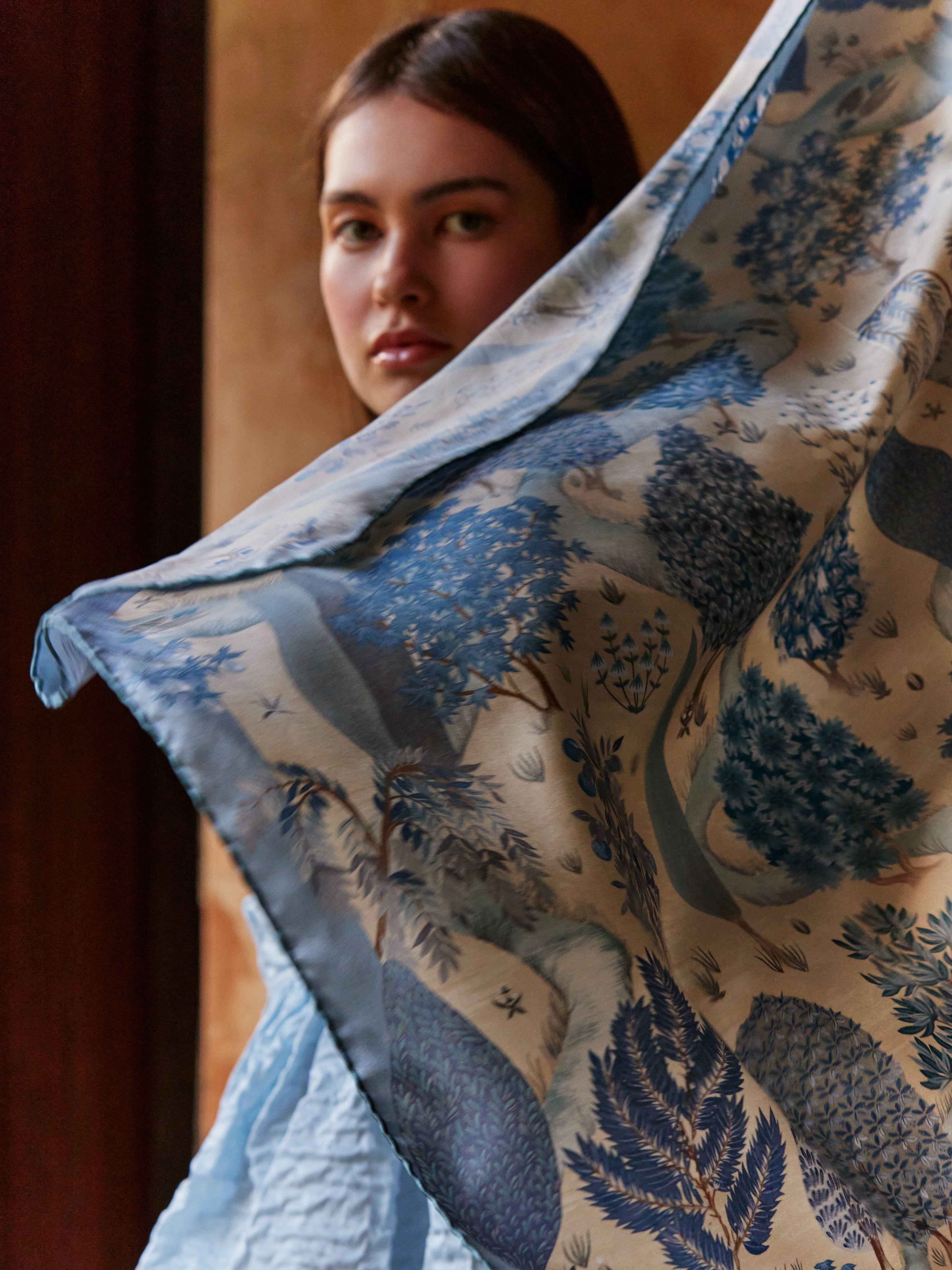
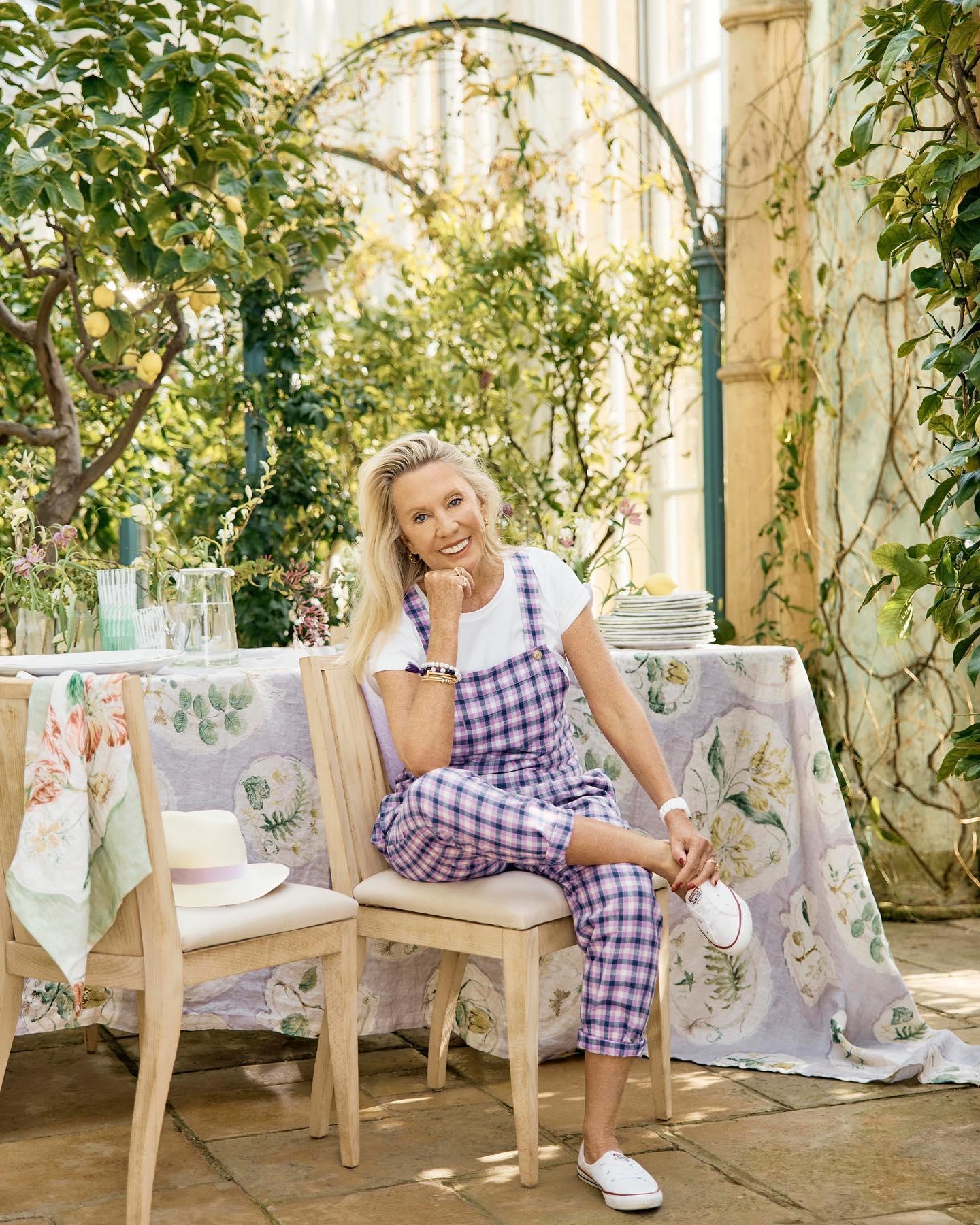
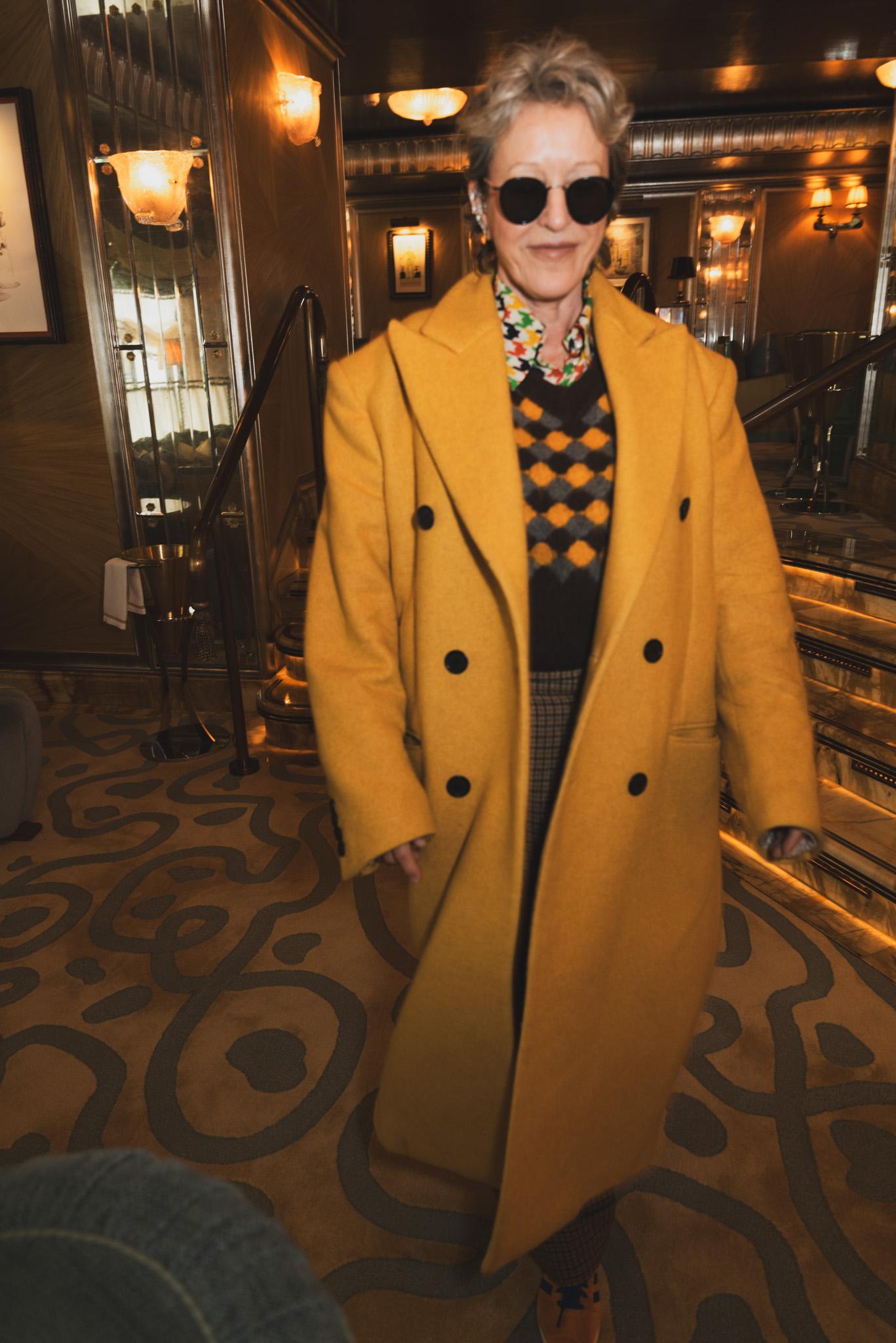


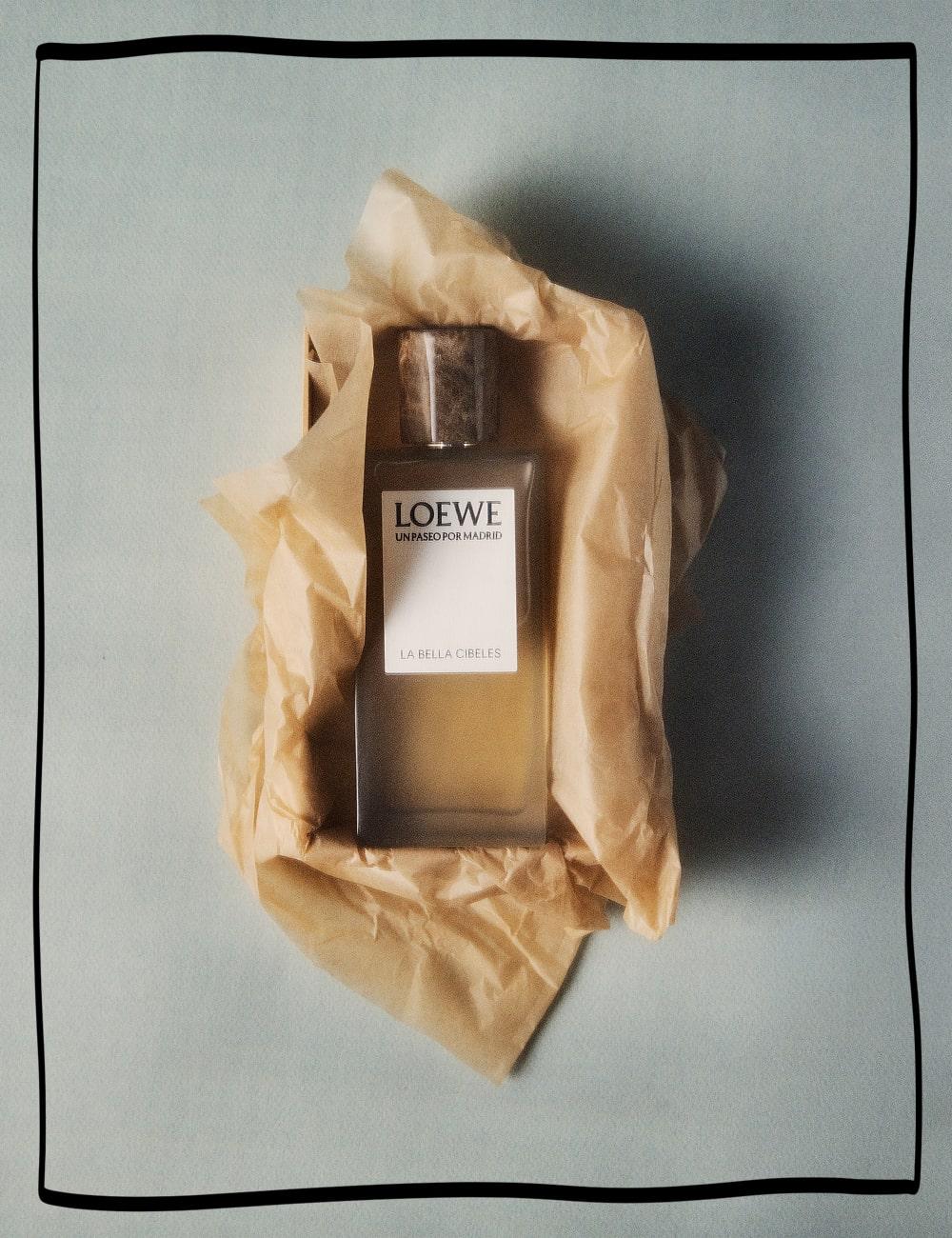
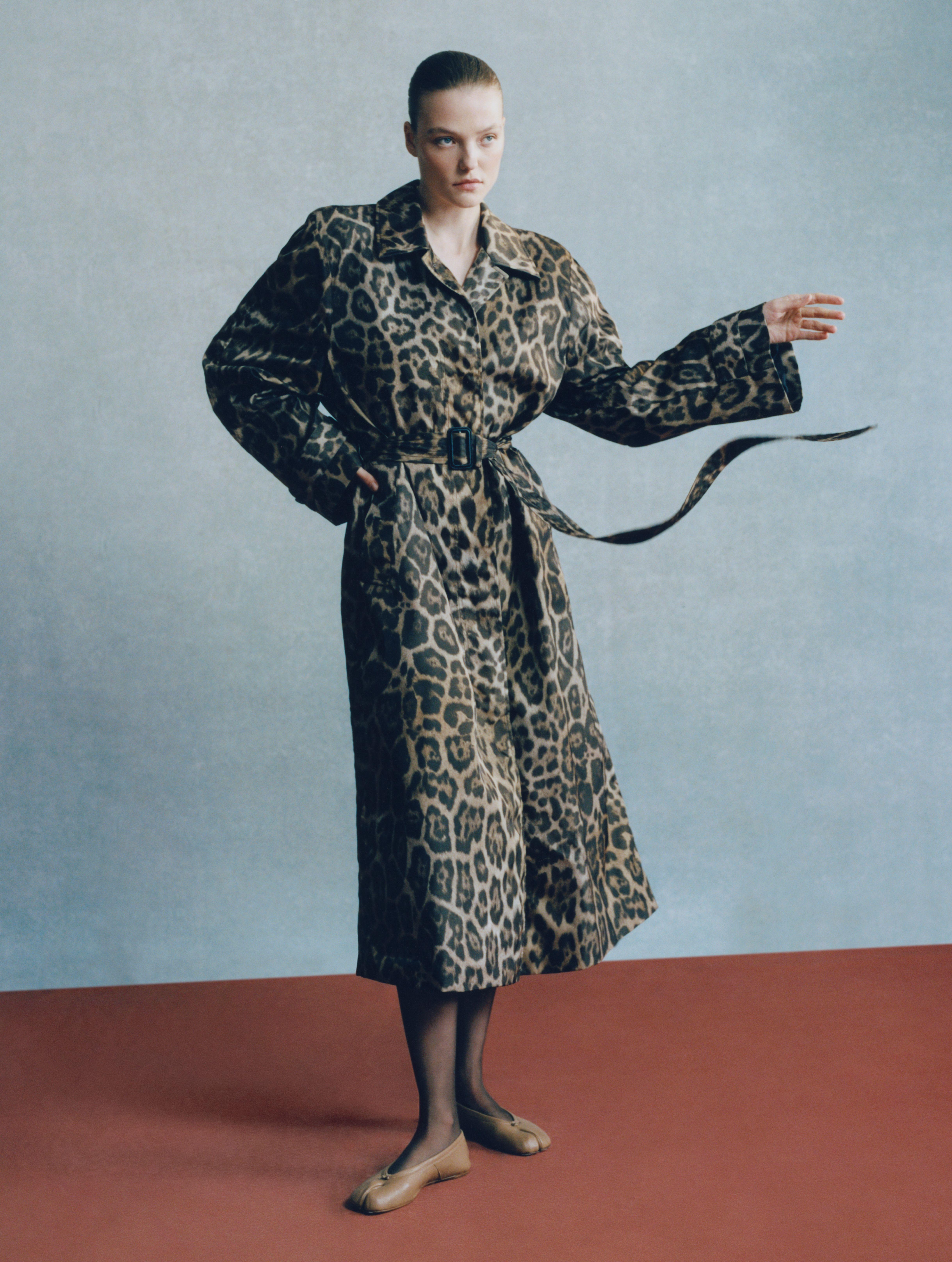
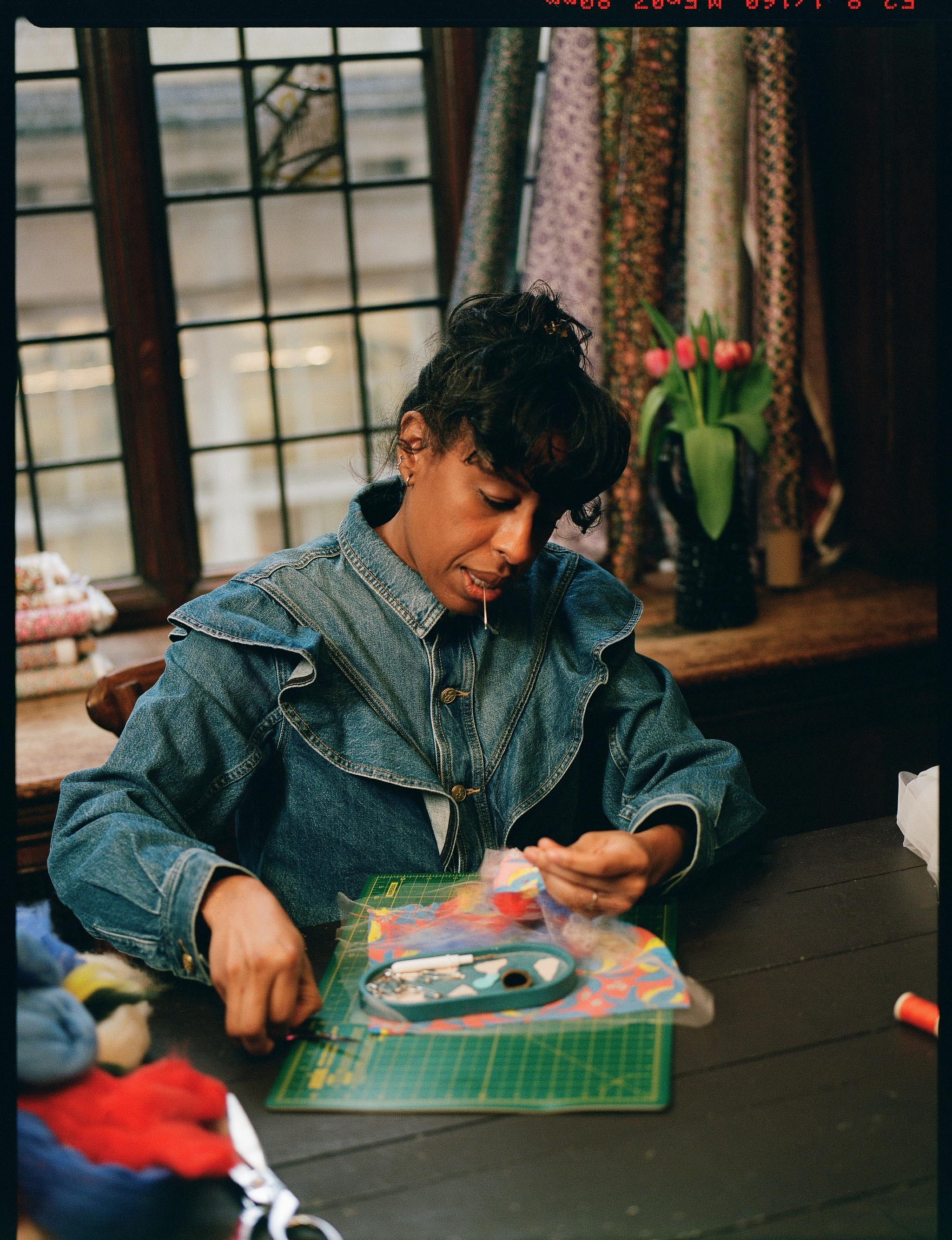
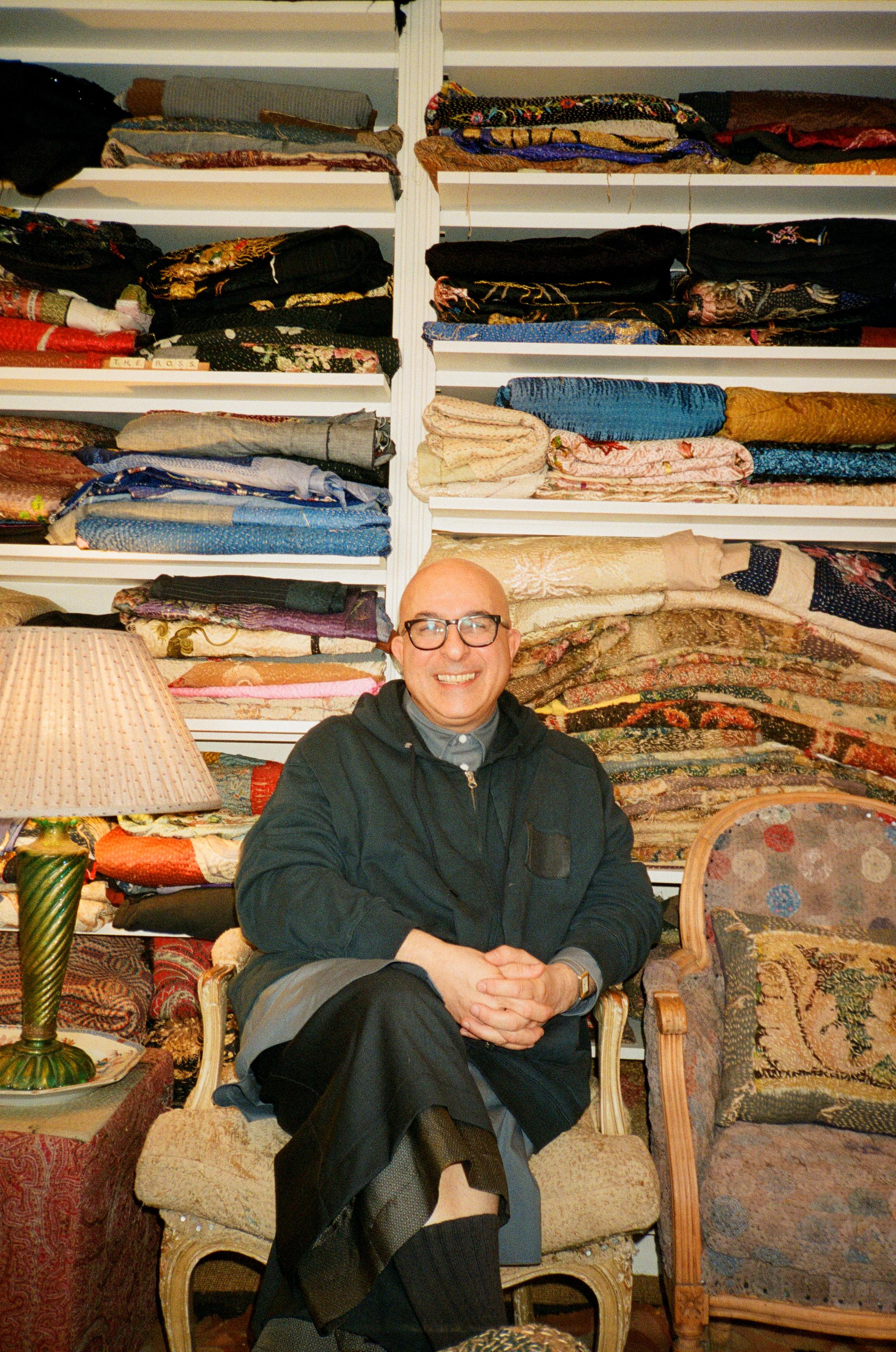
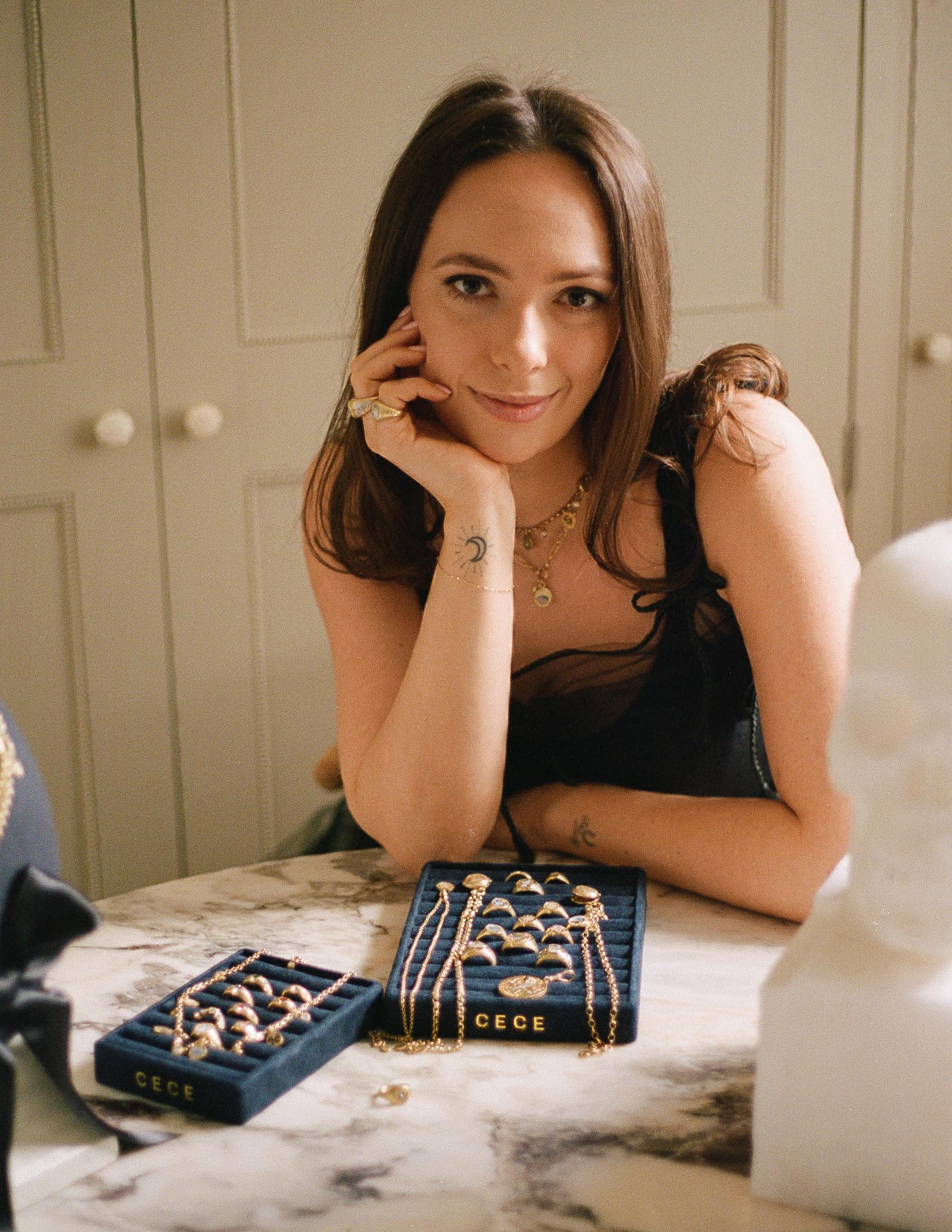
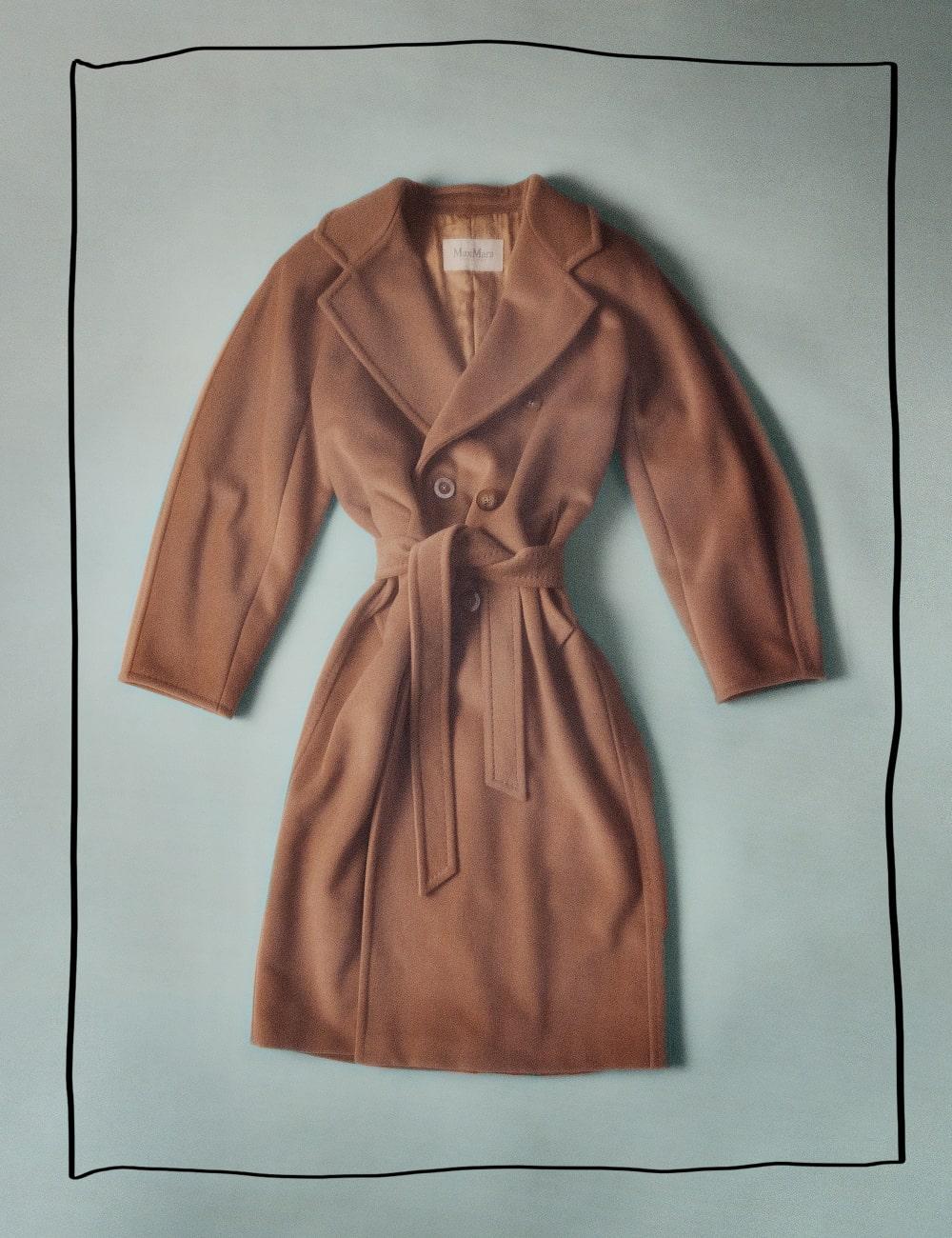
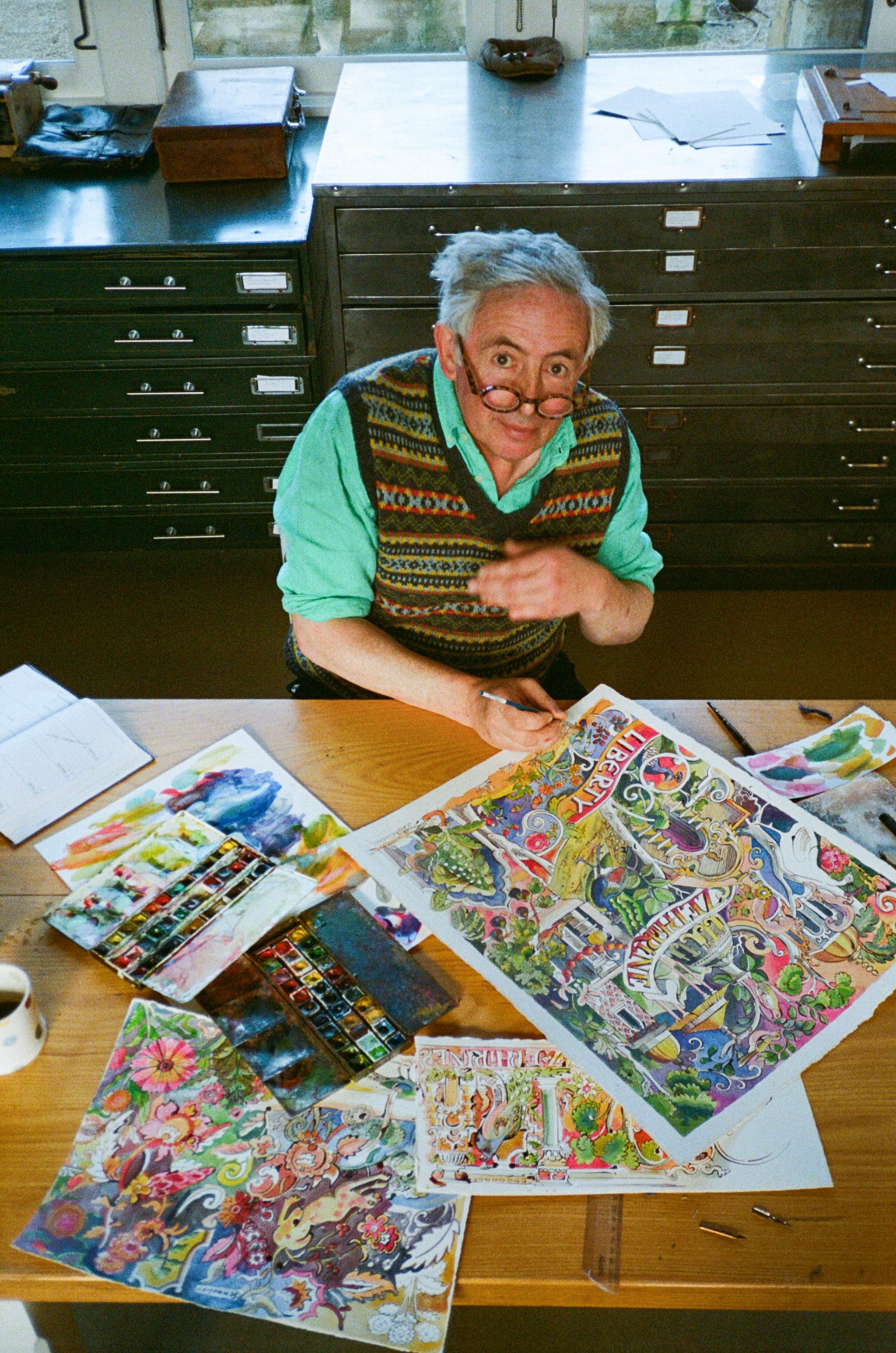
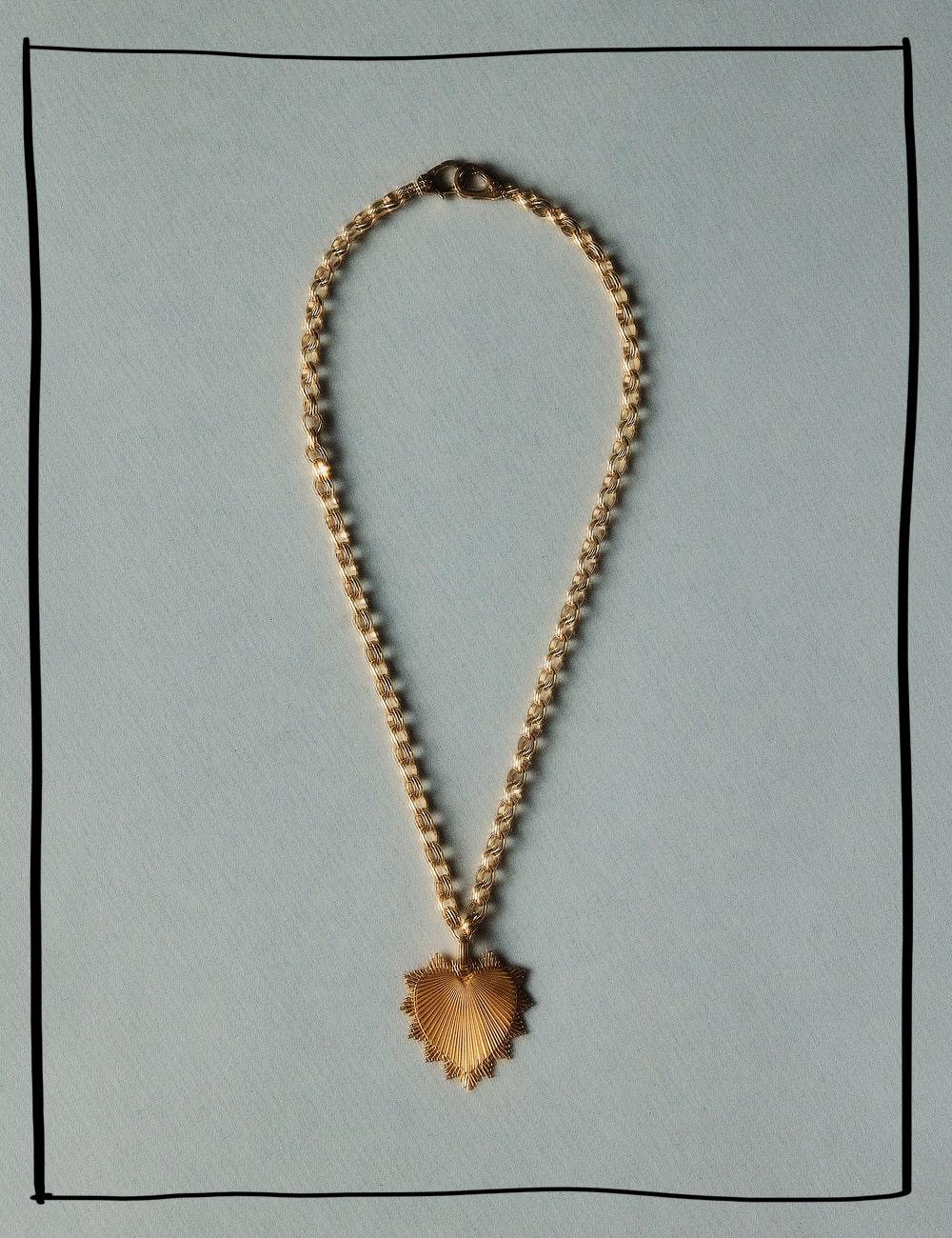
?fmt=auto&qlt=default)
